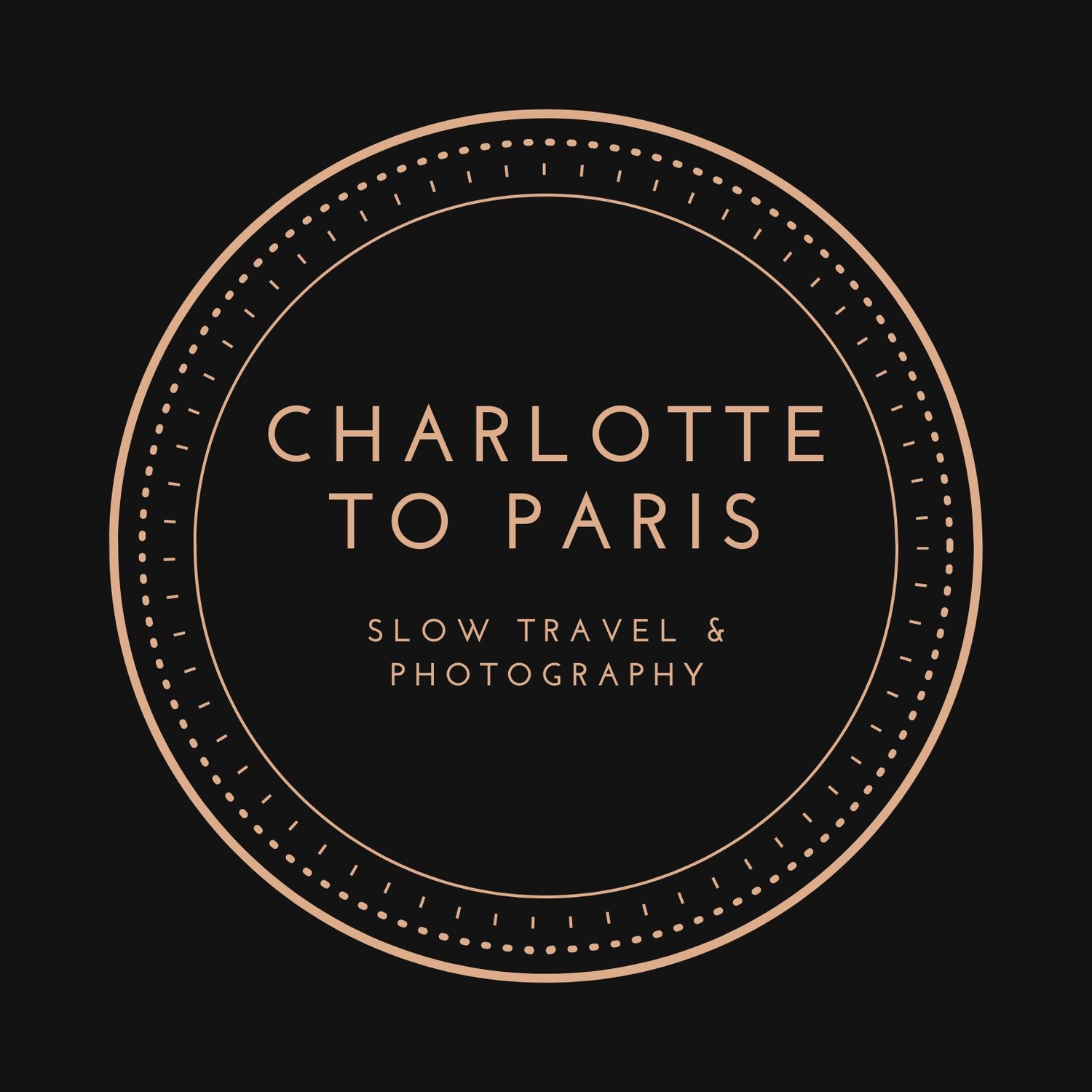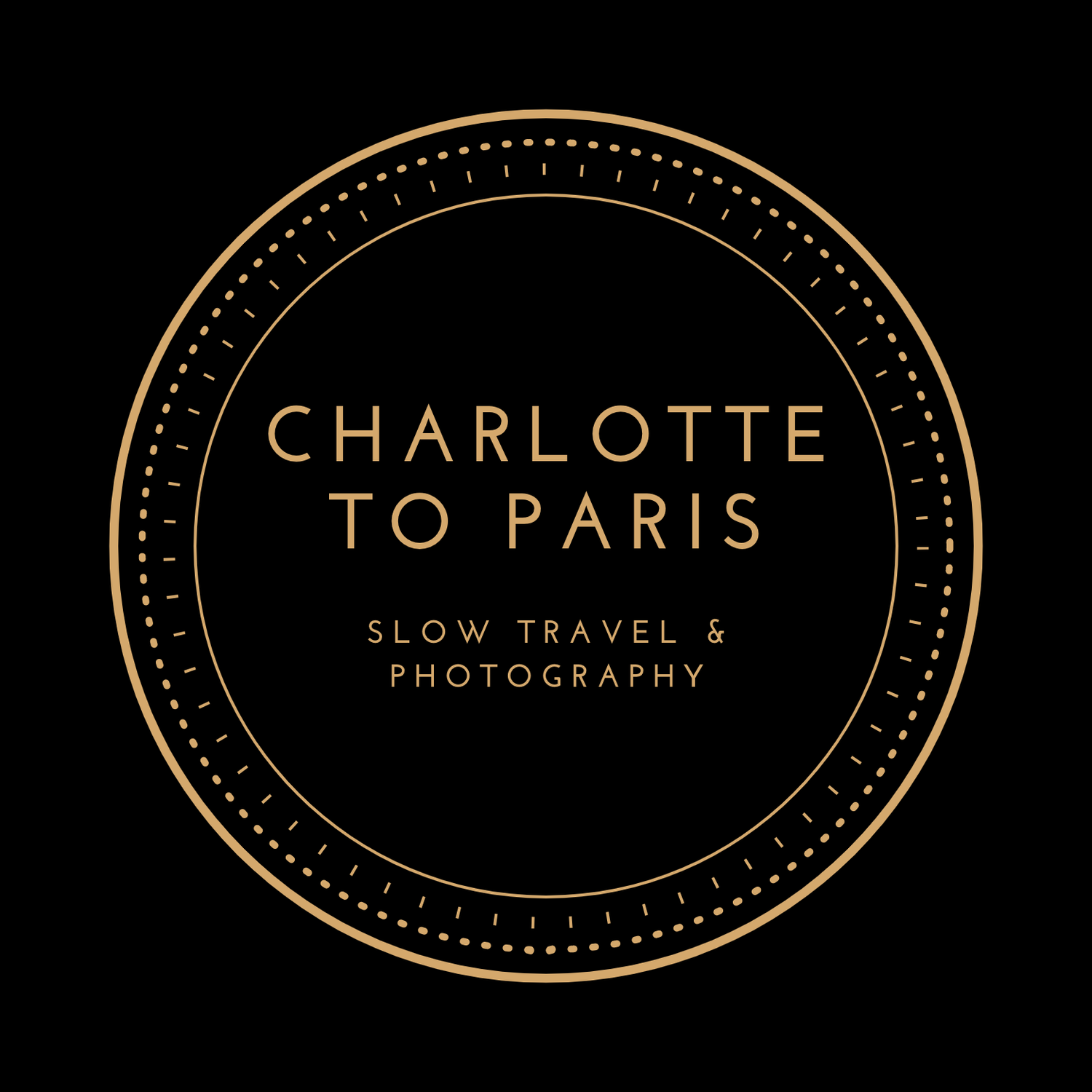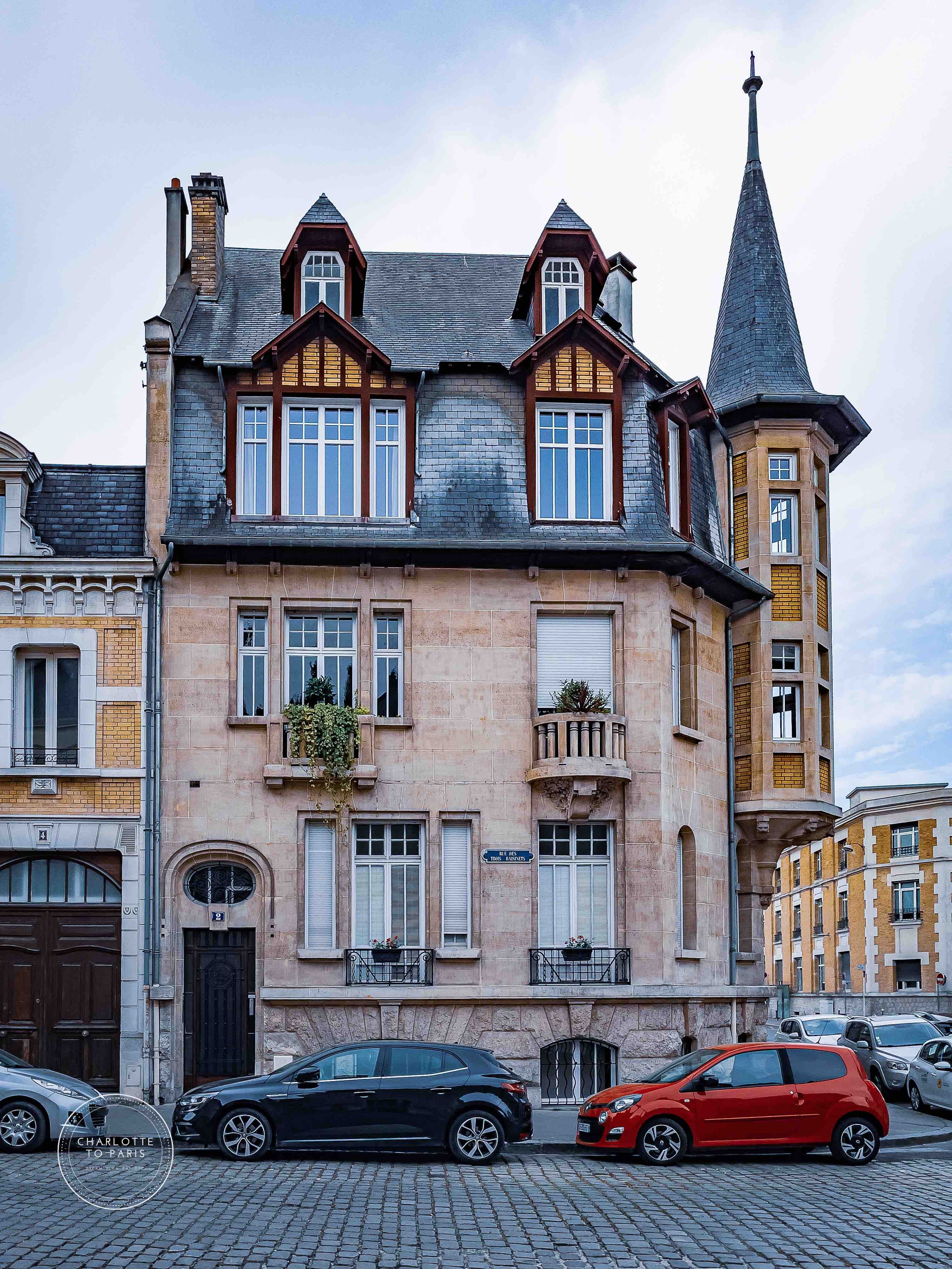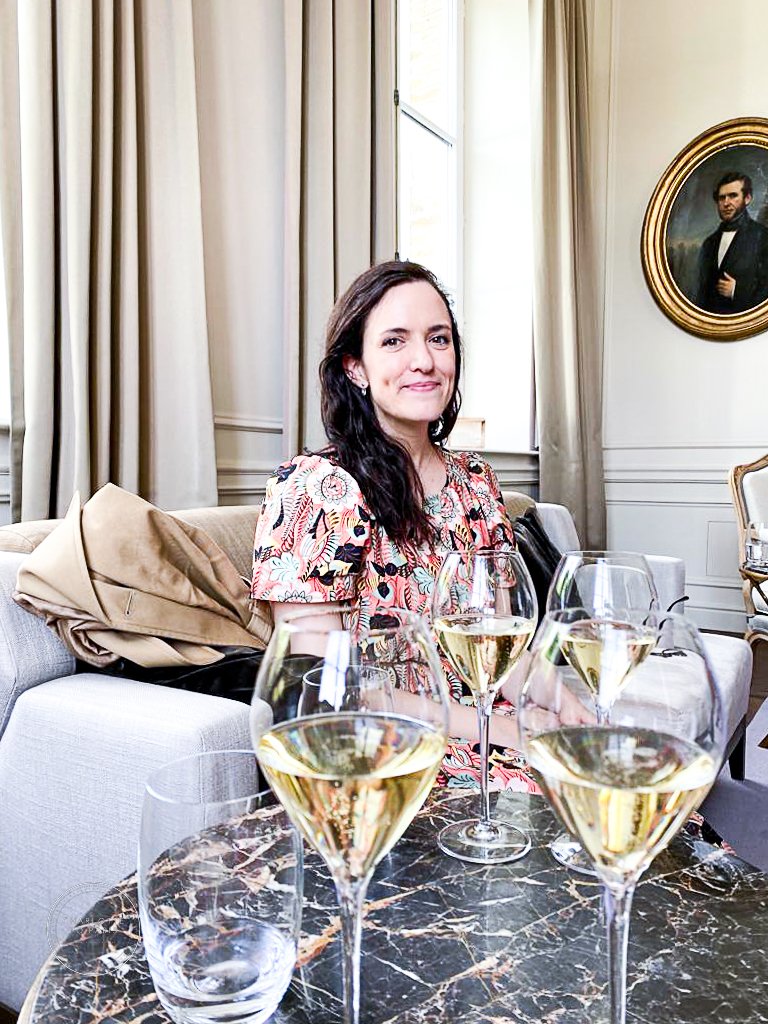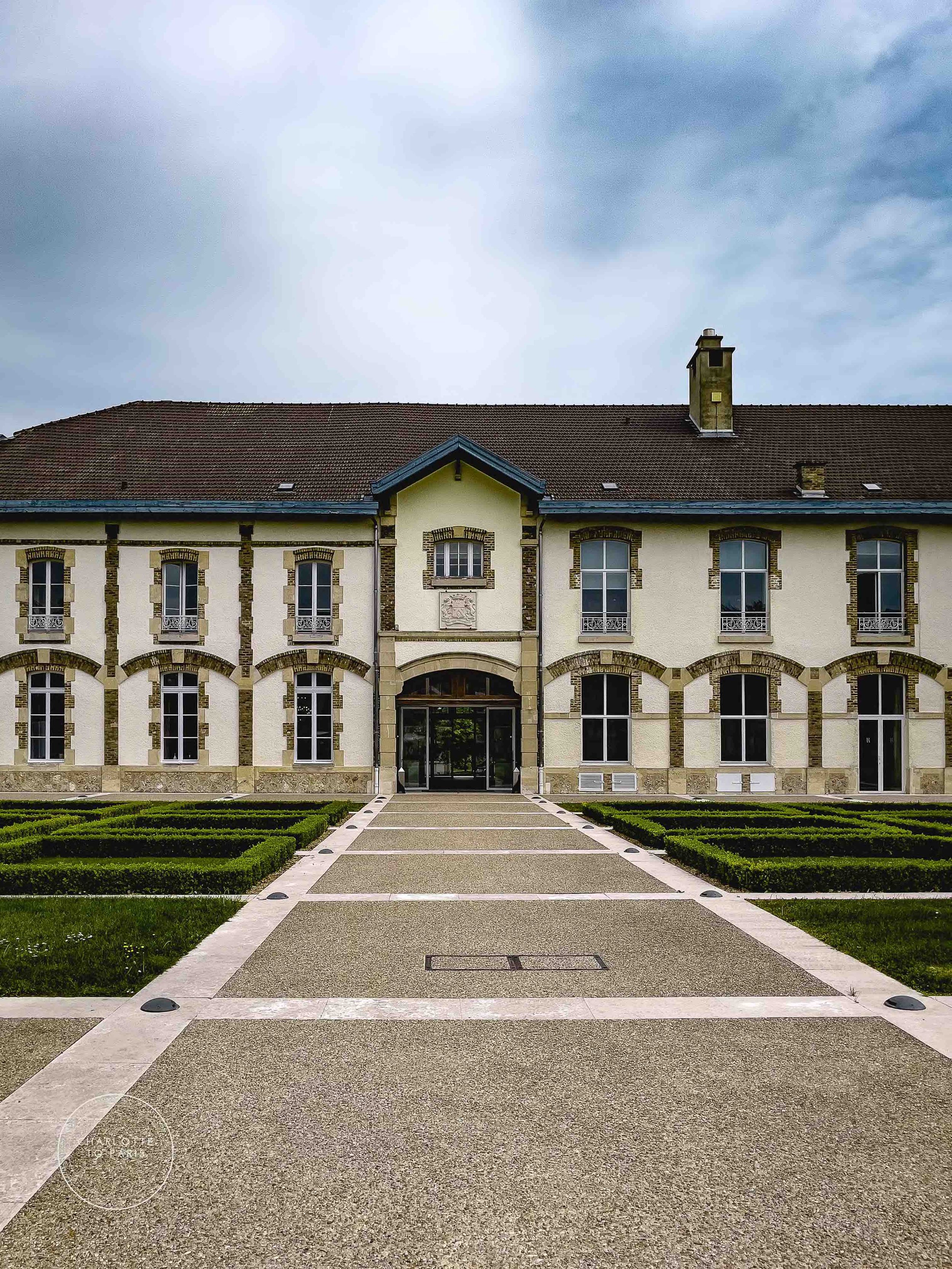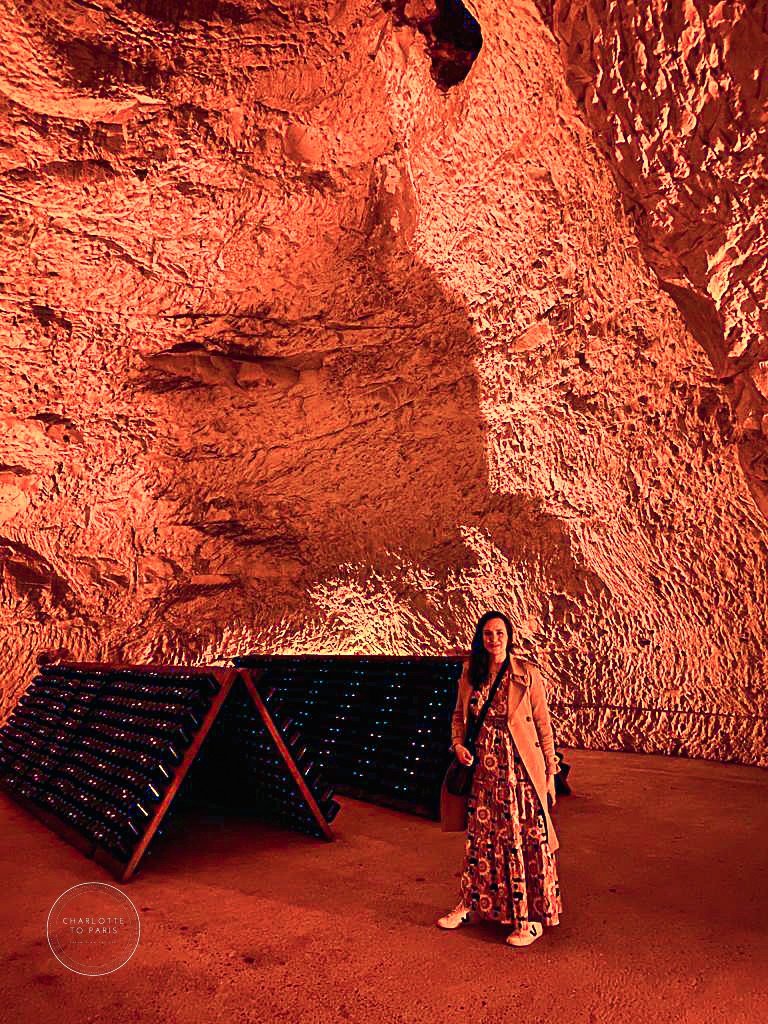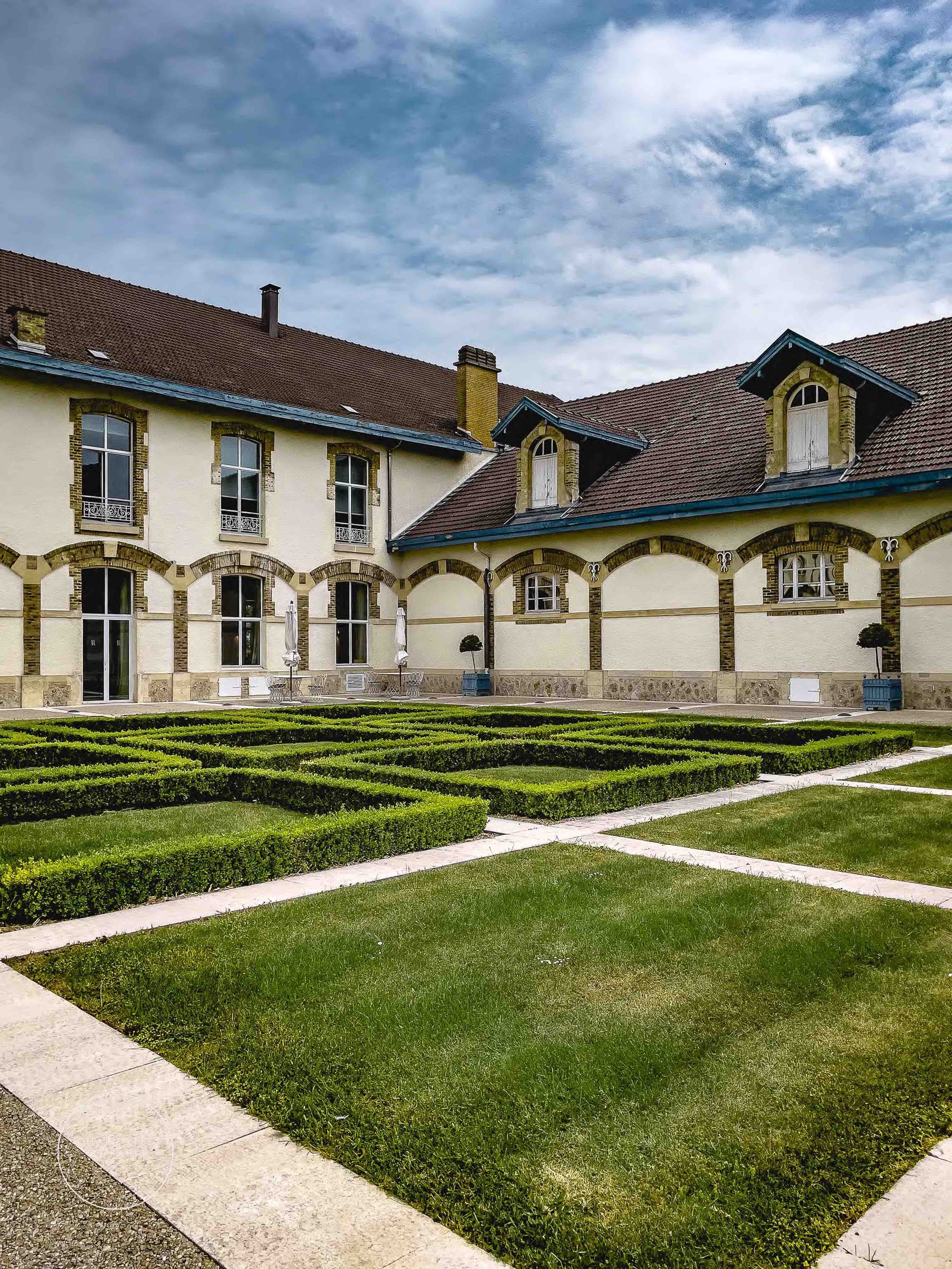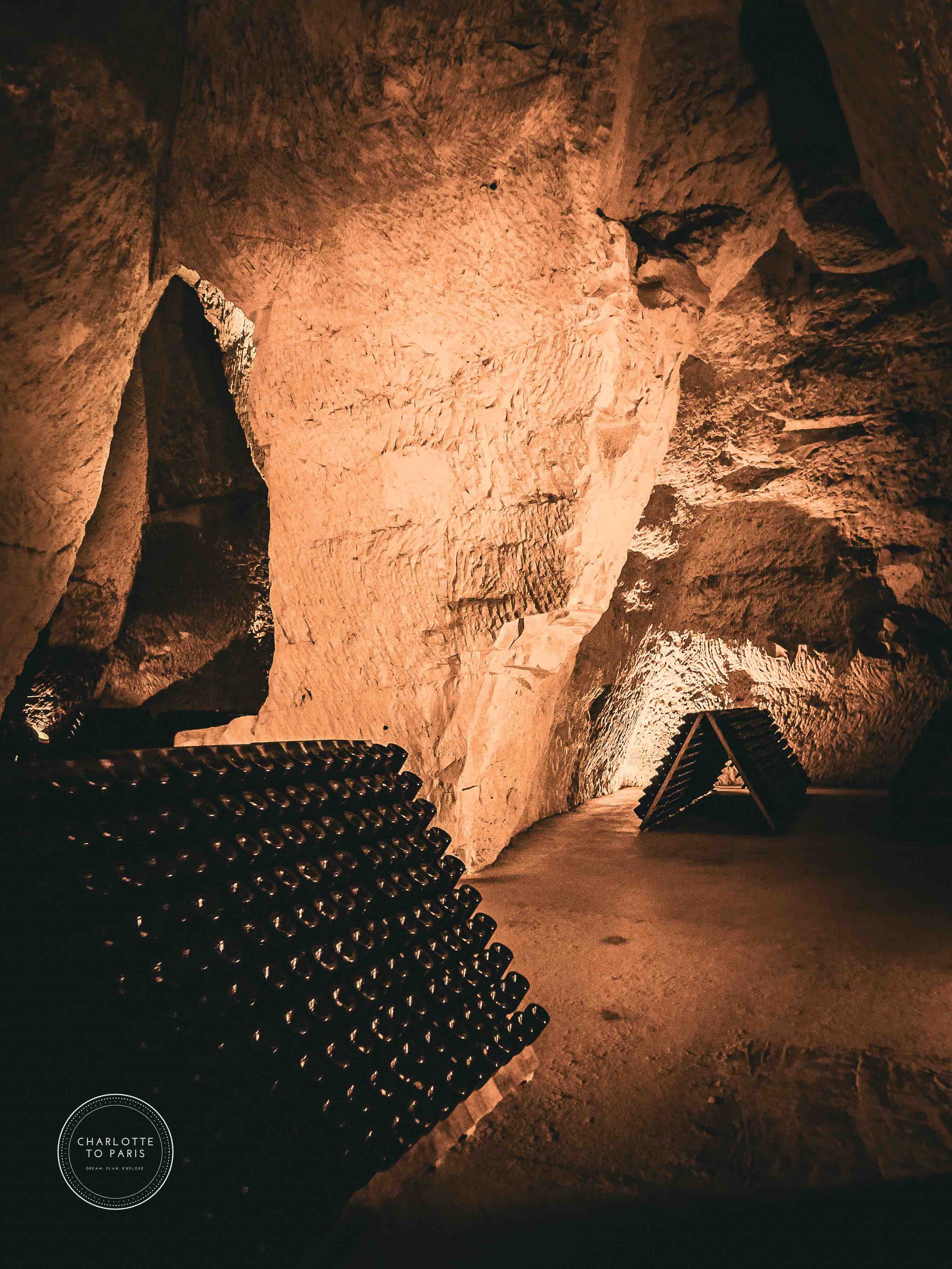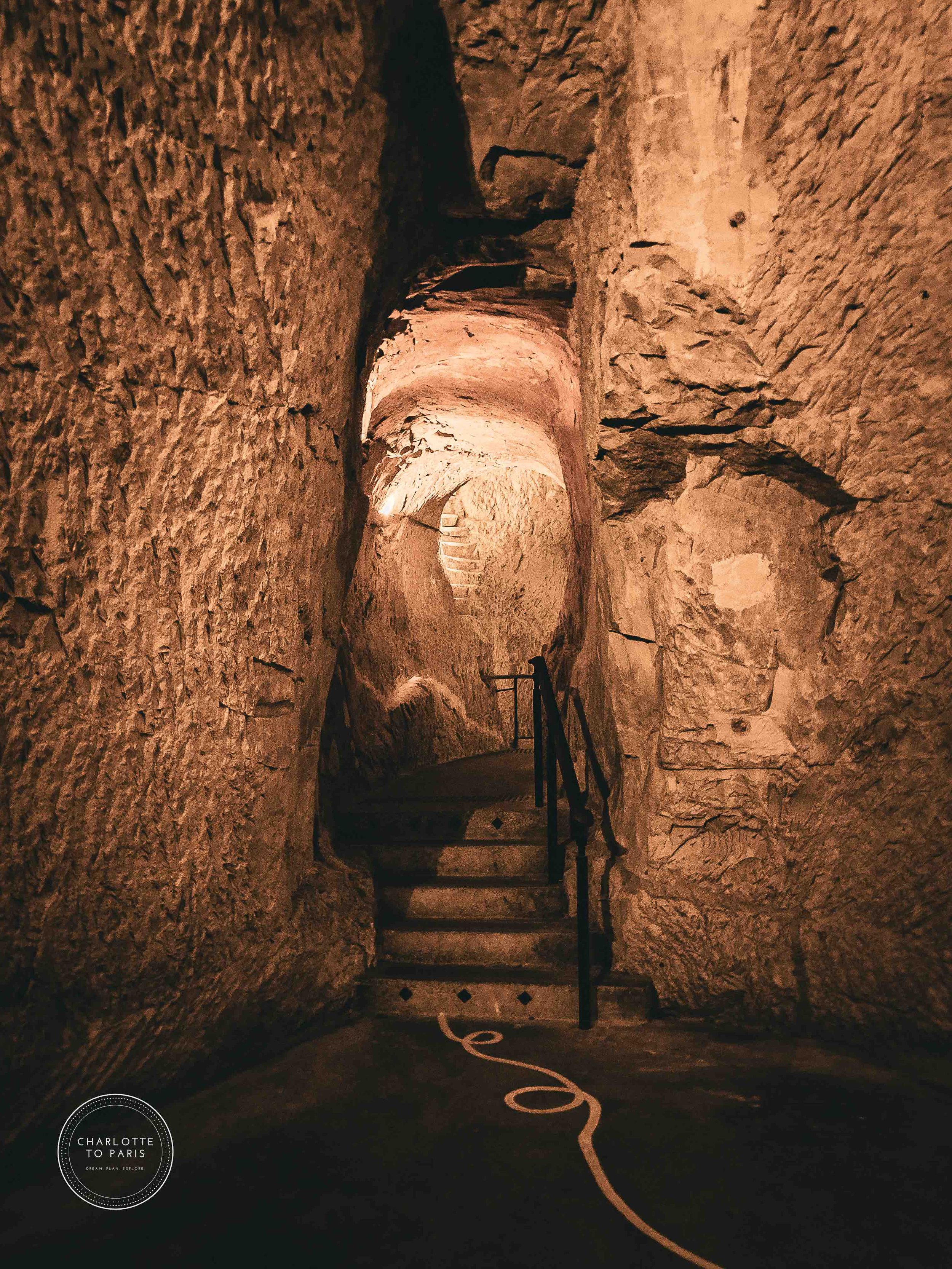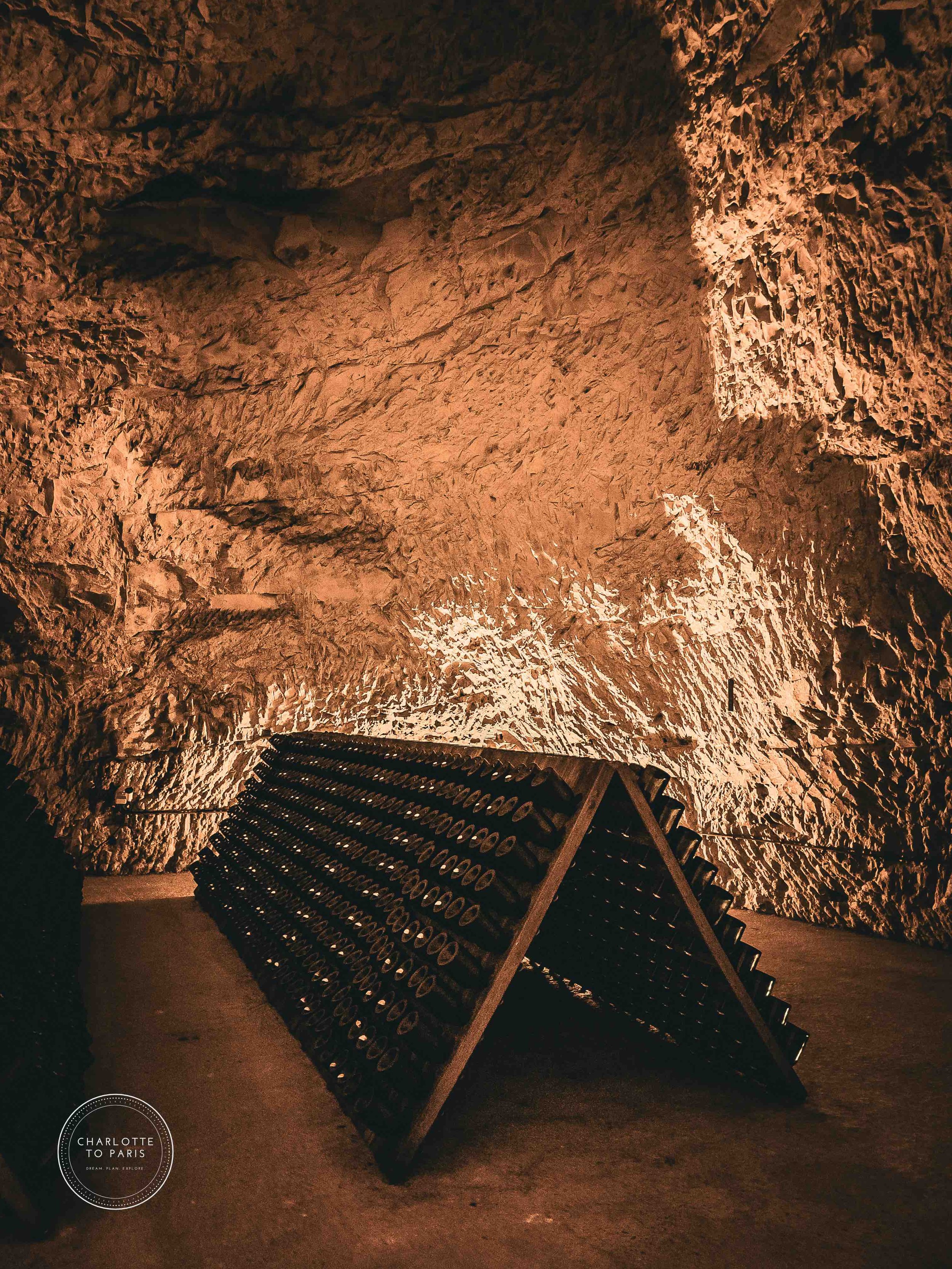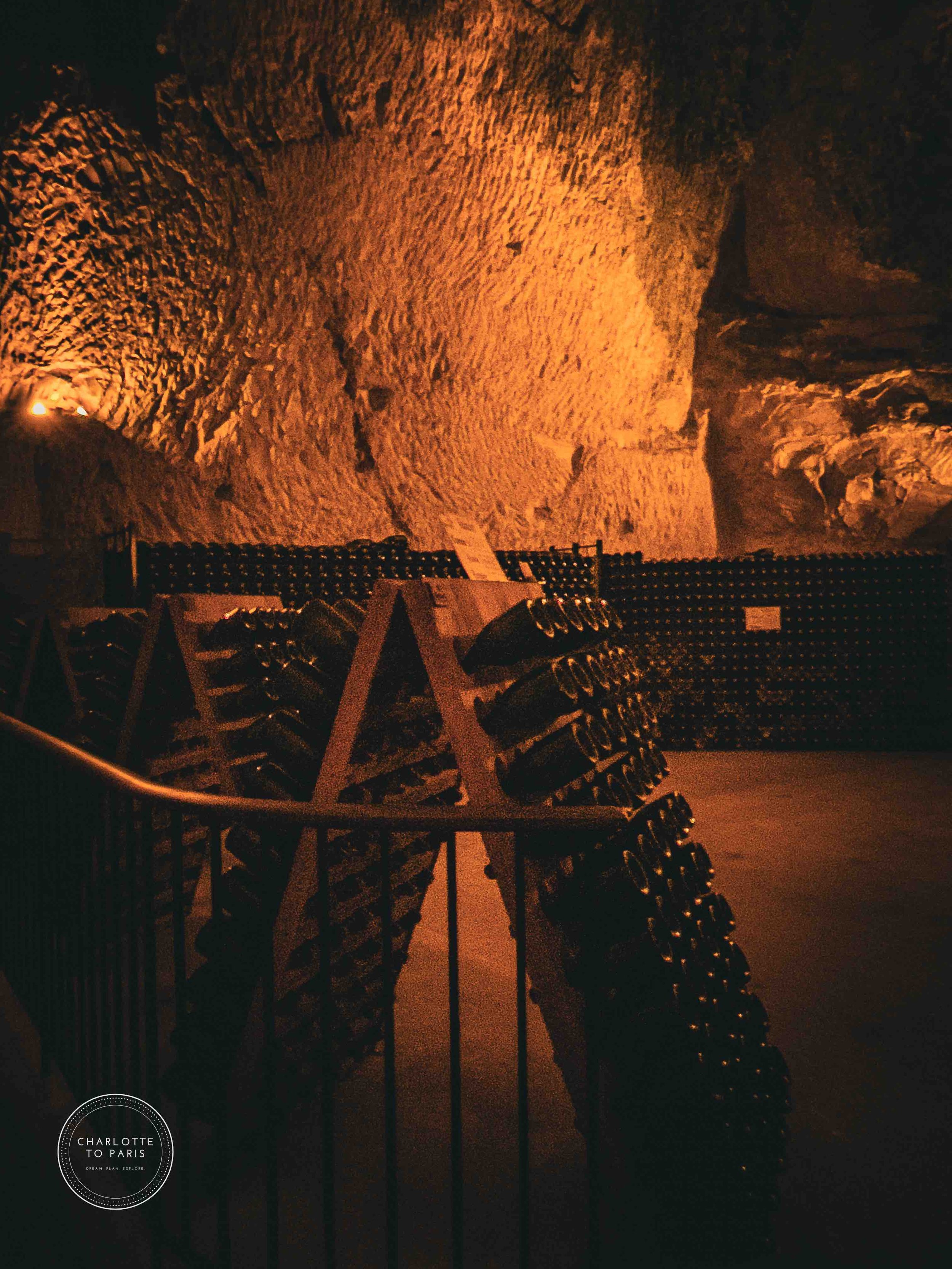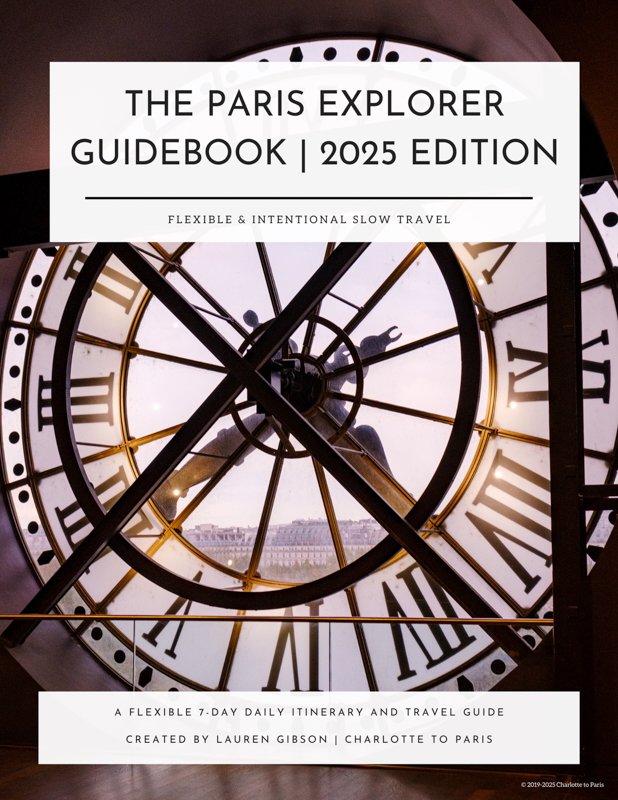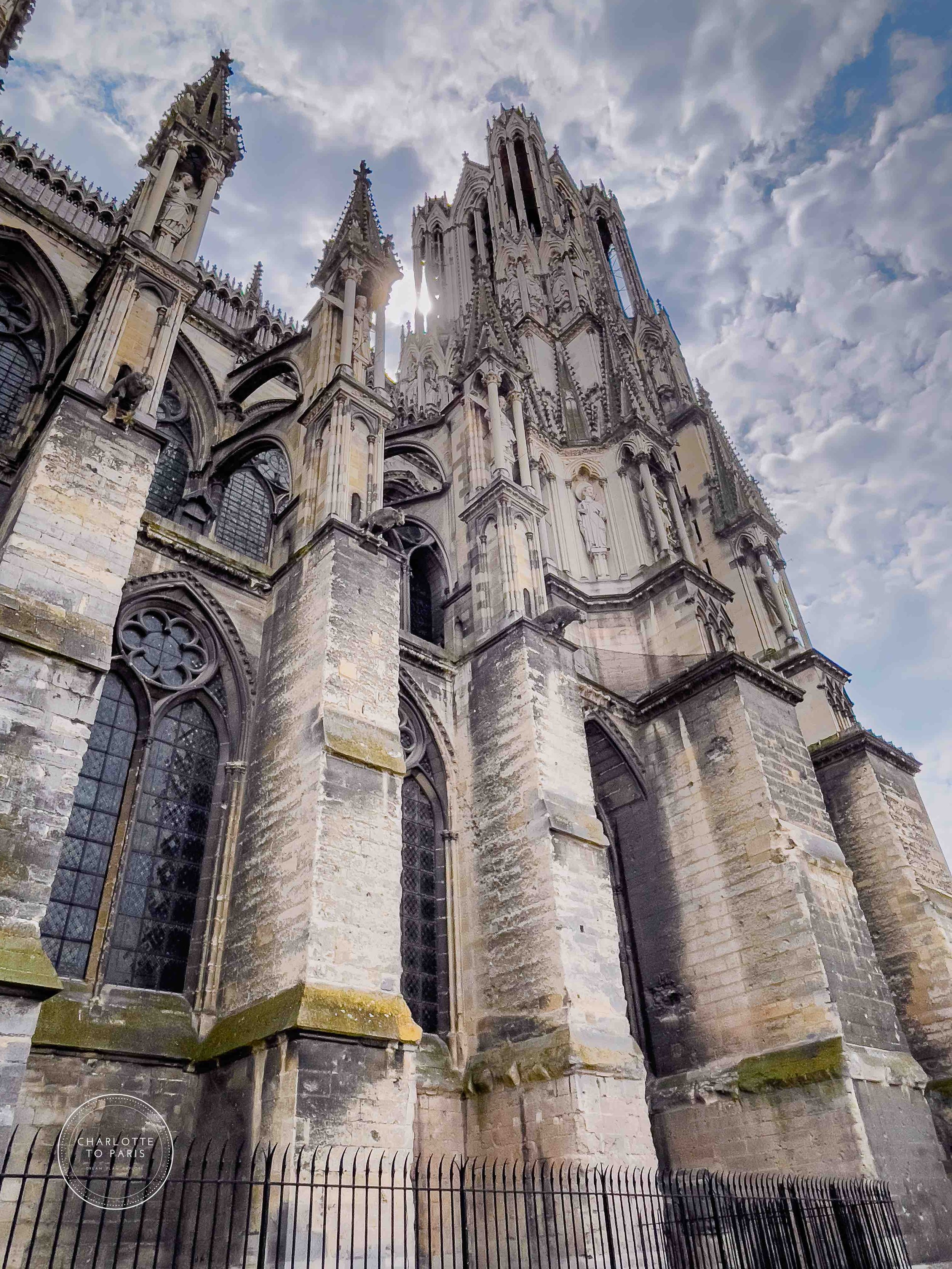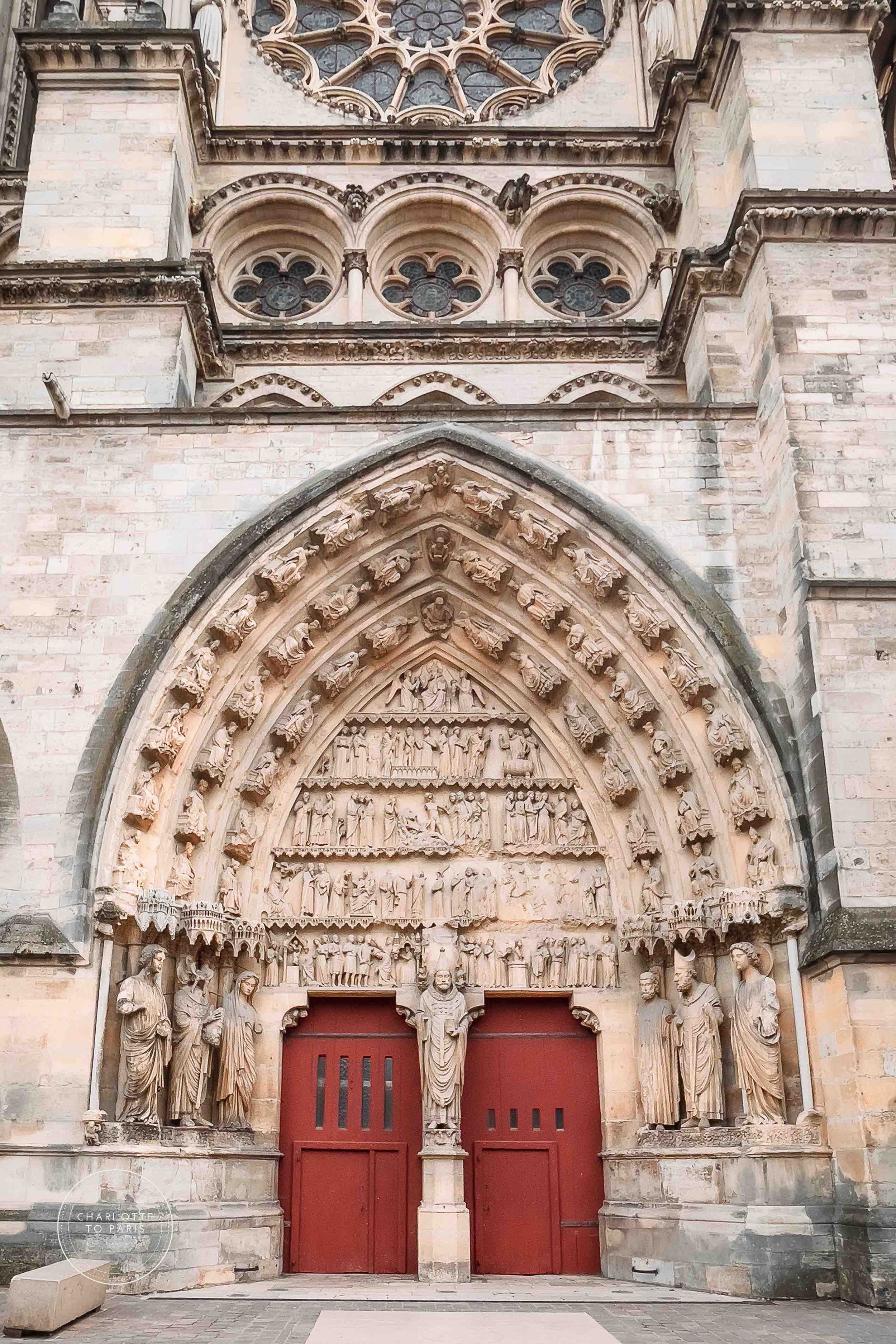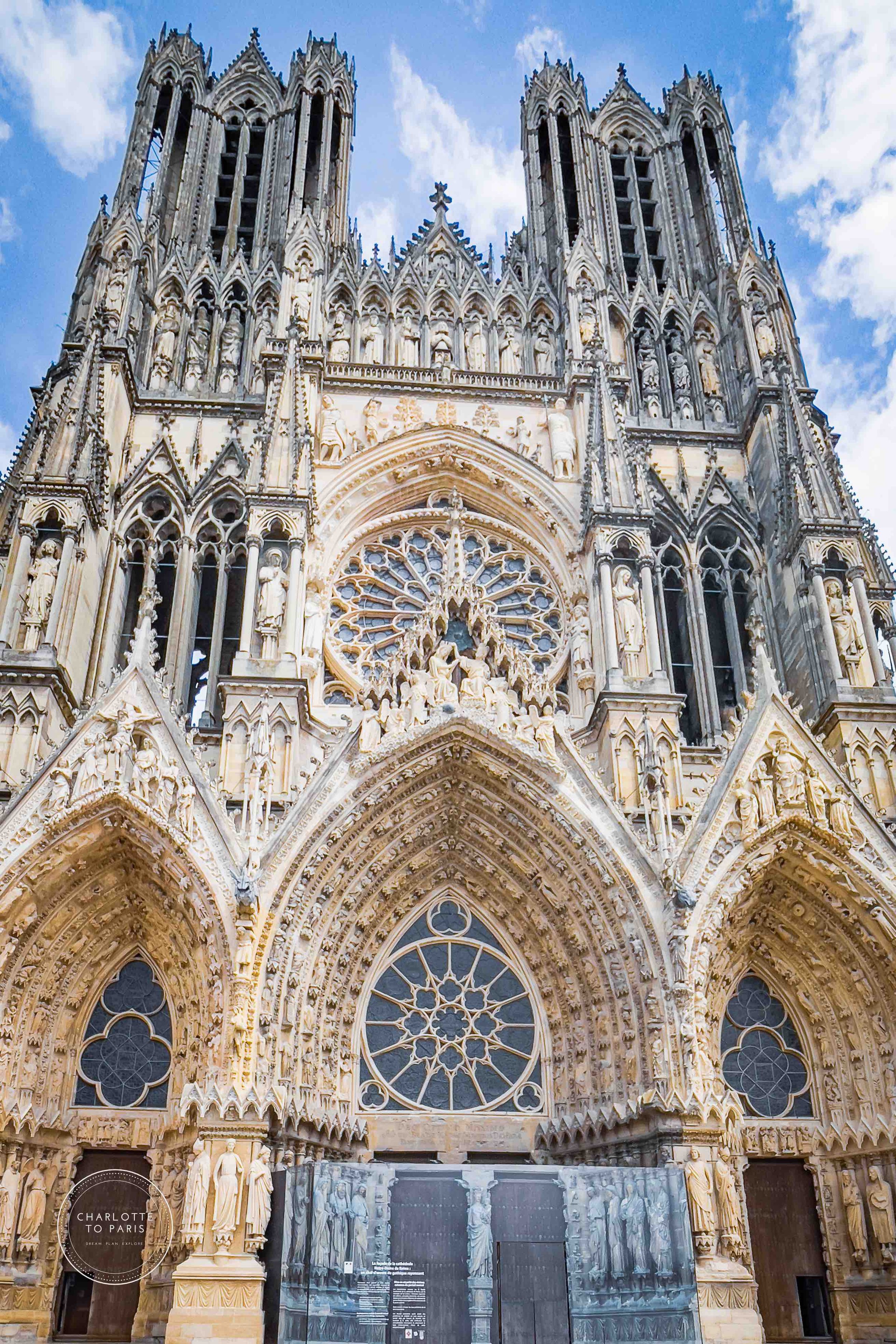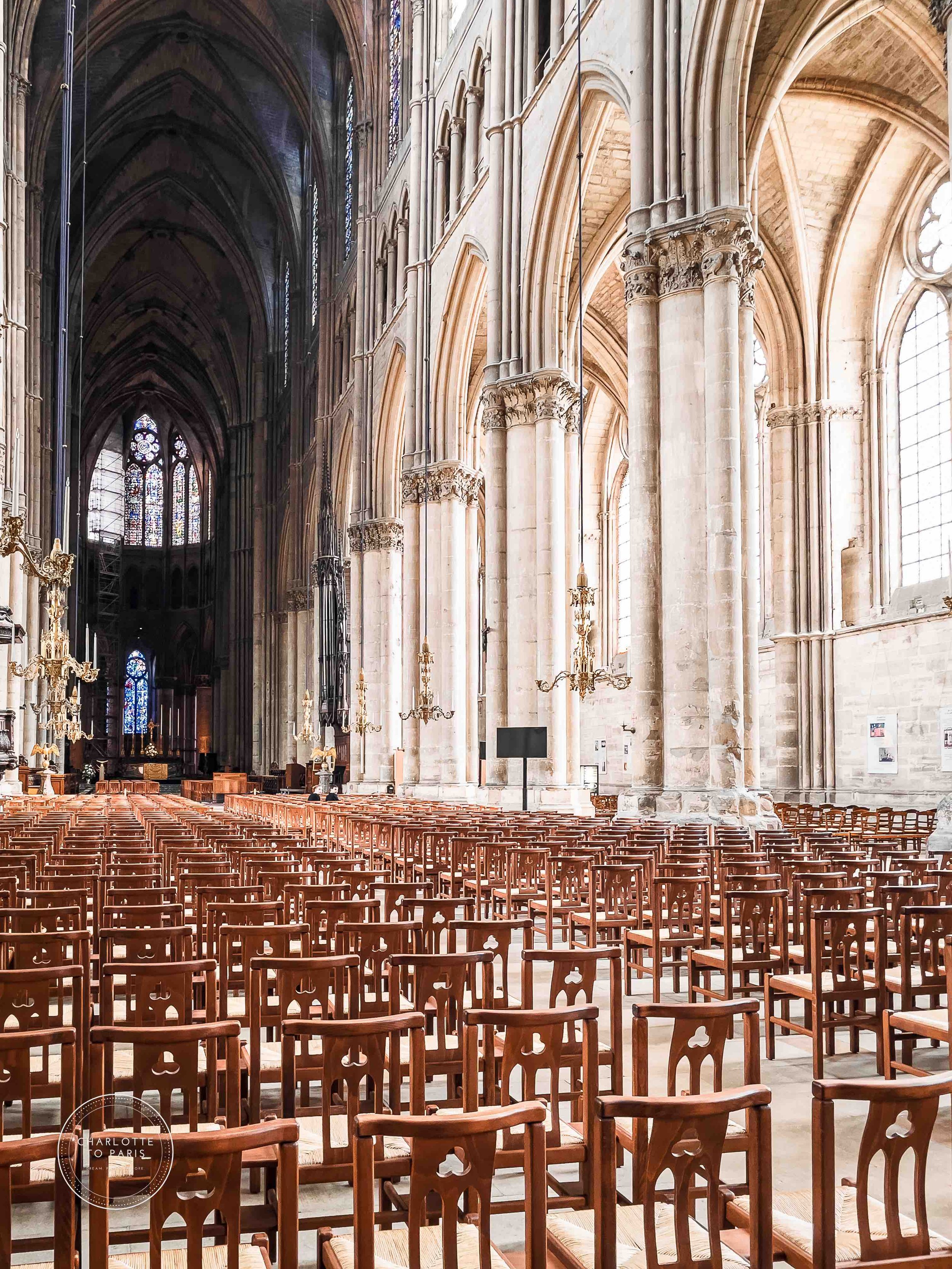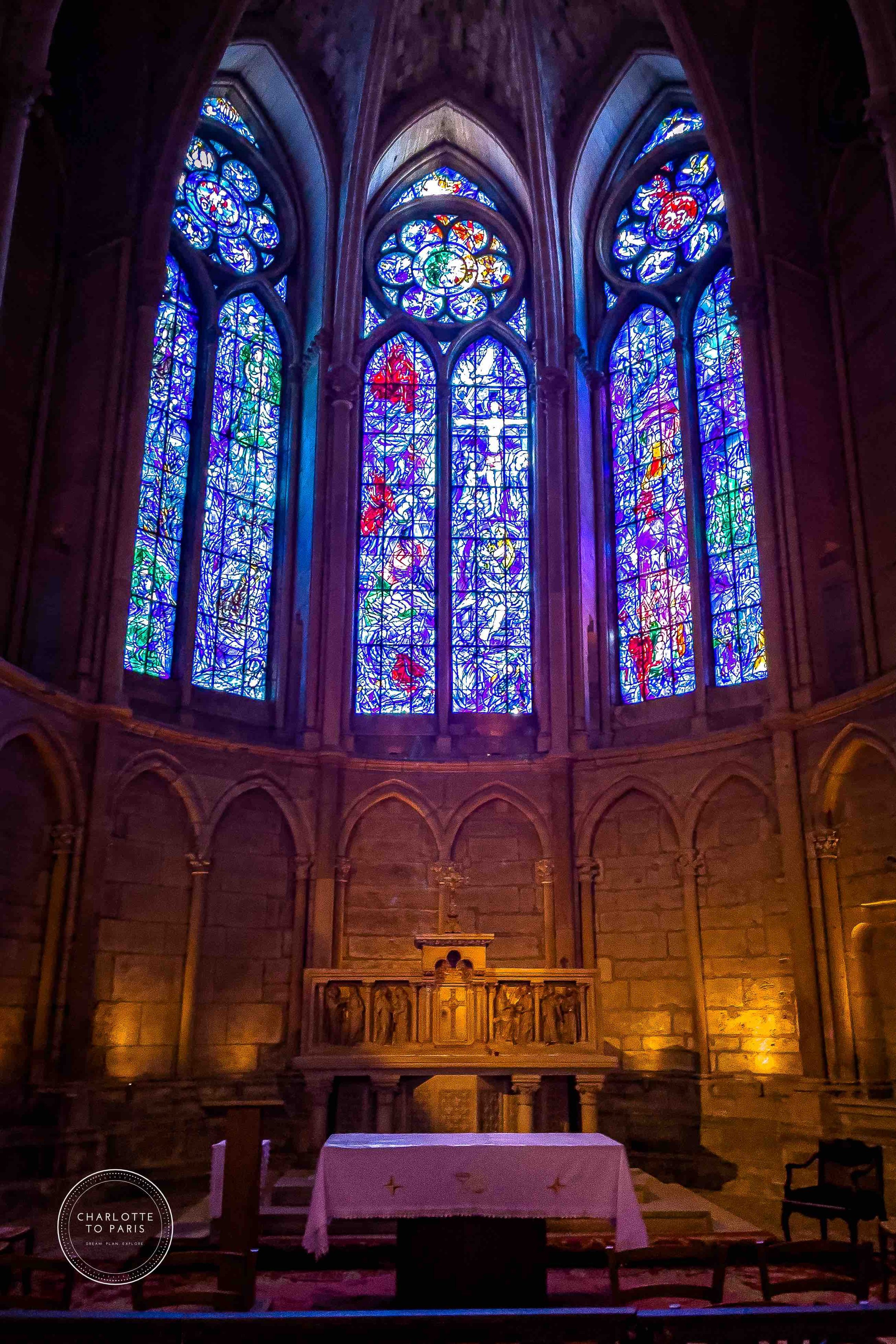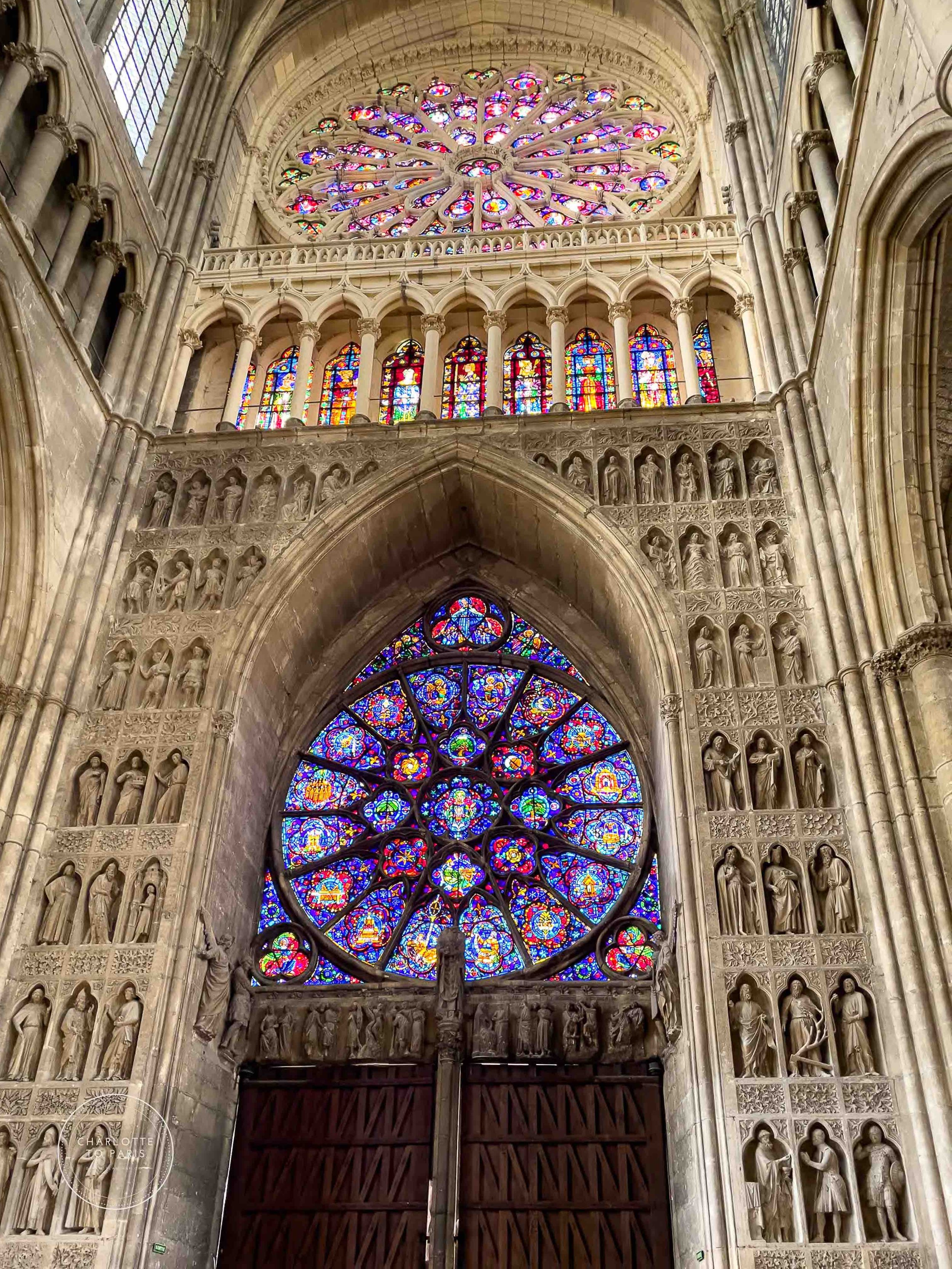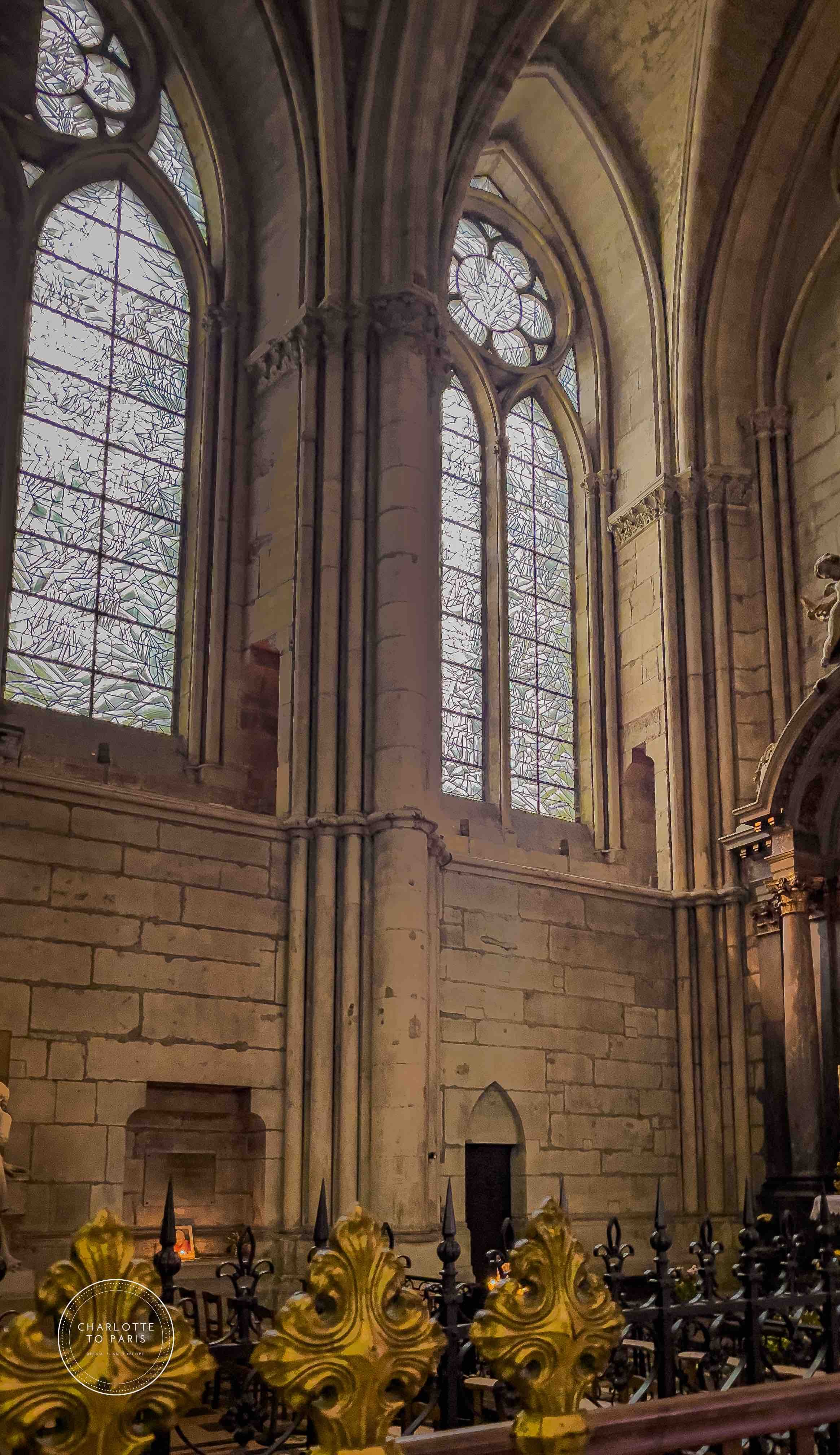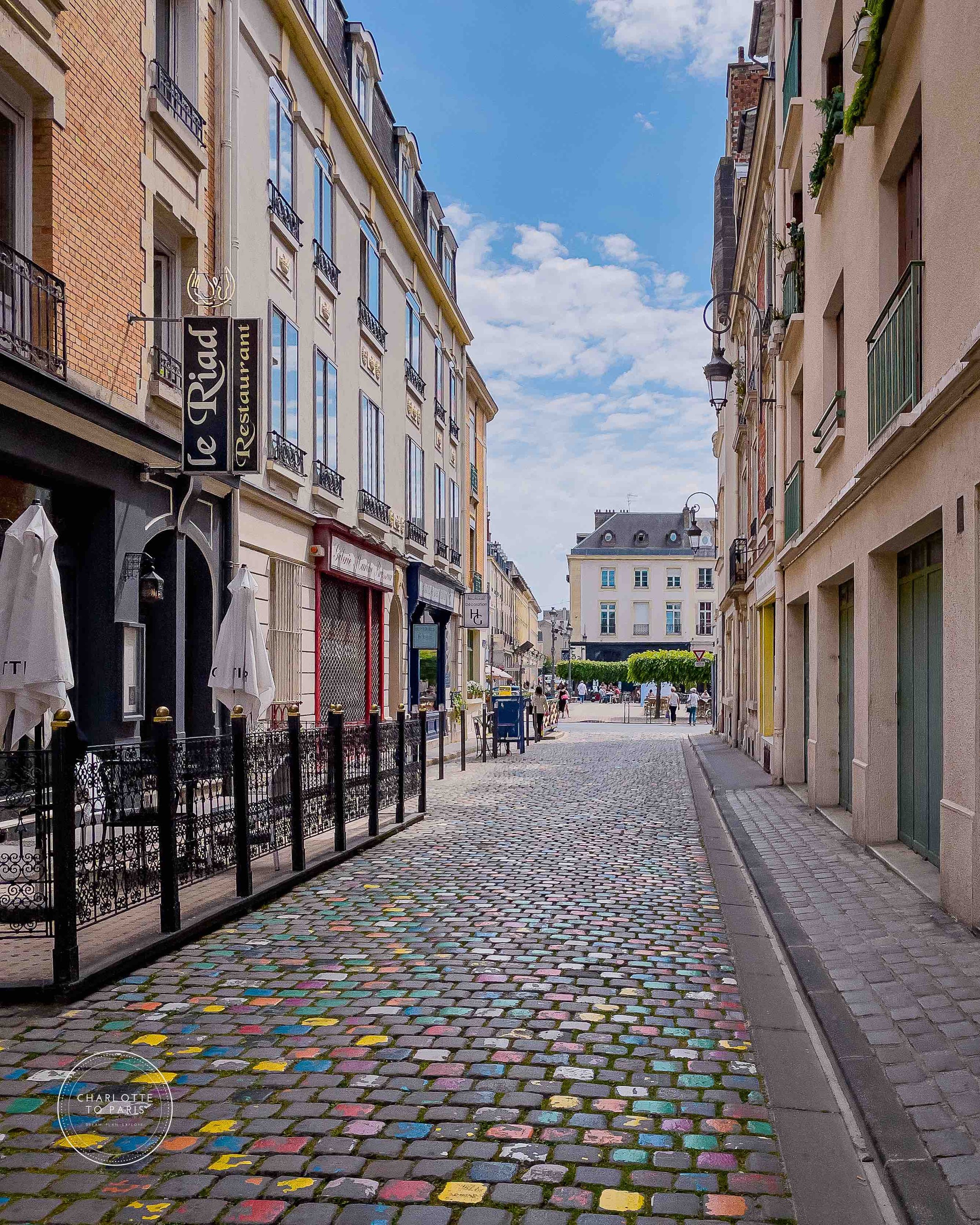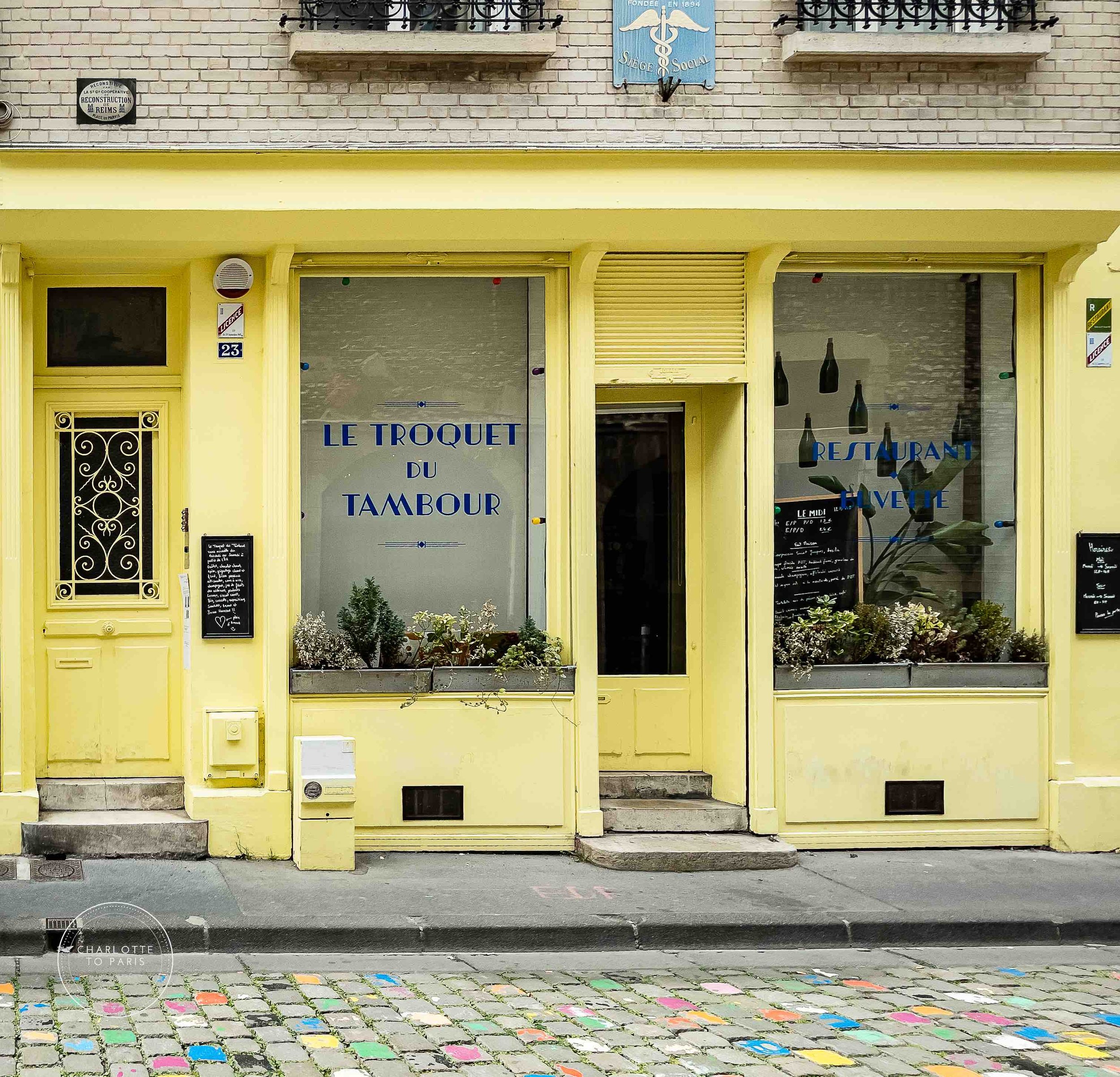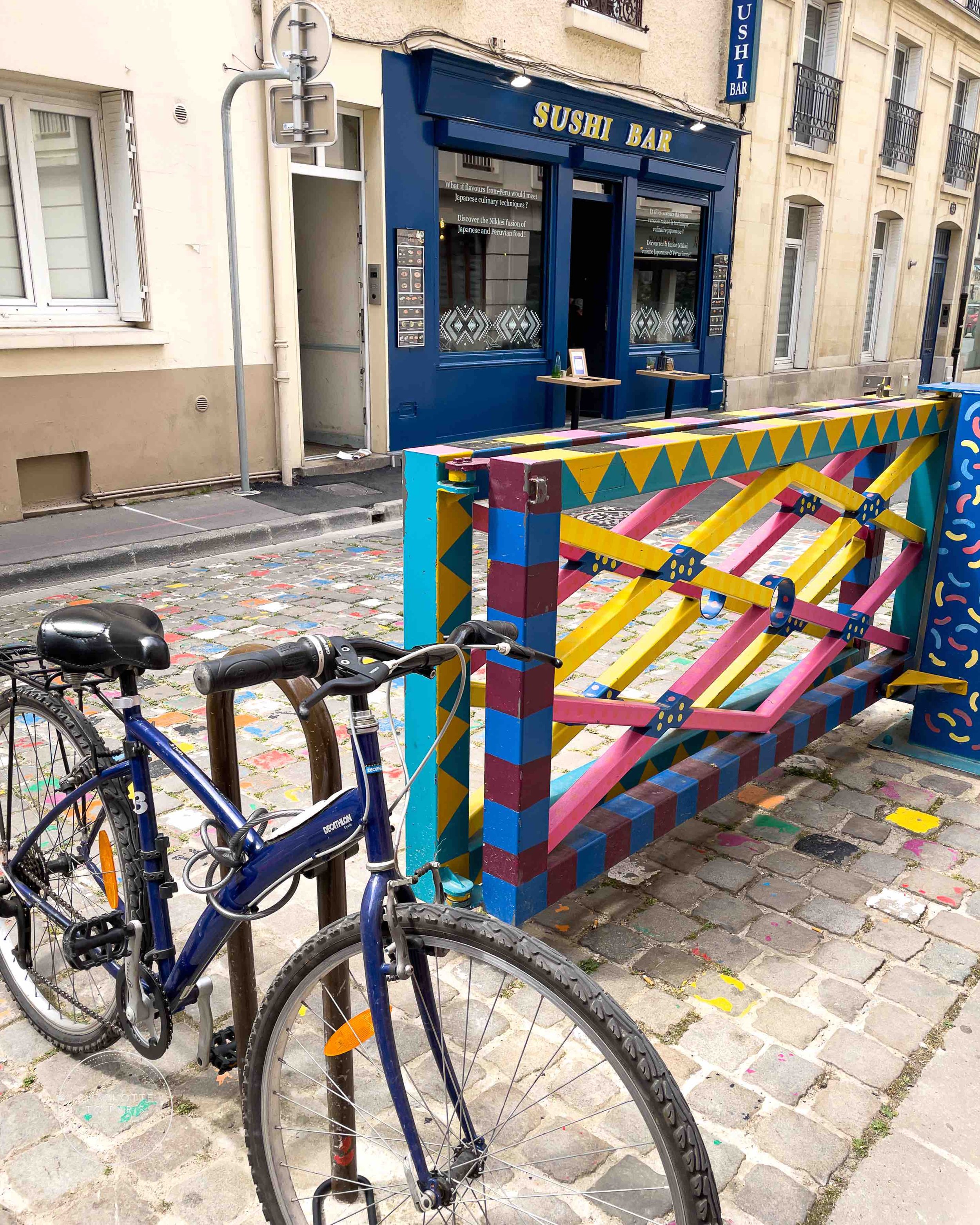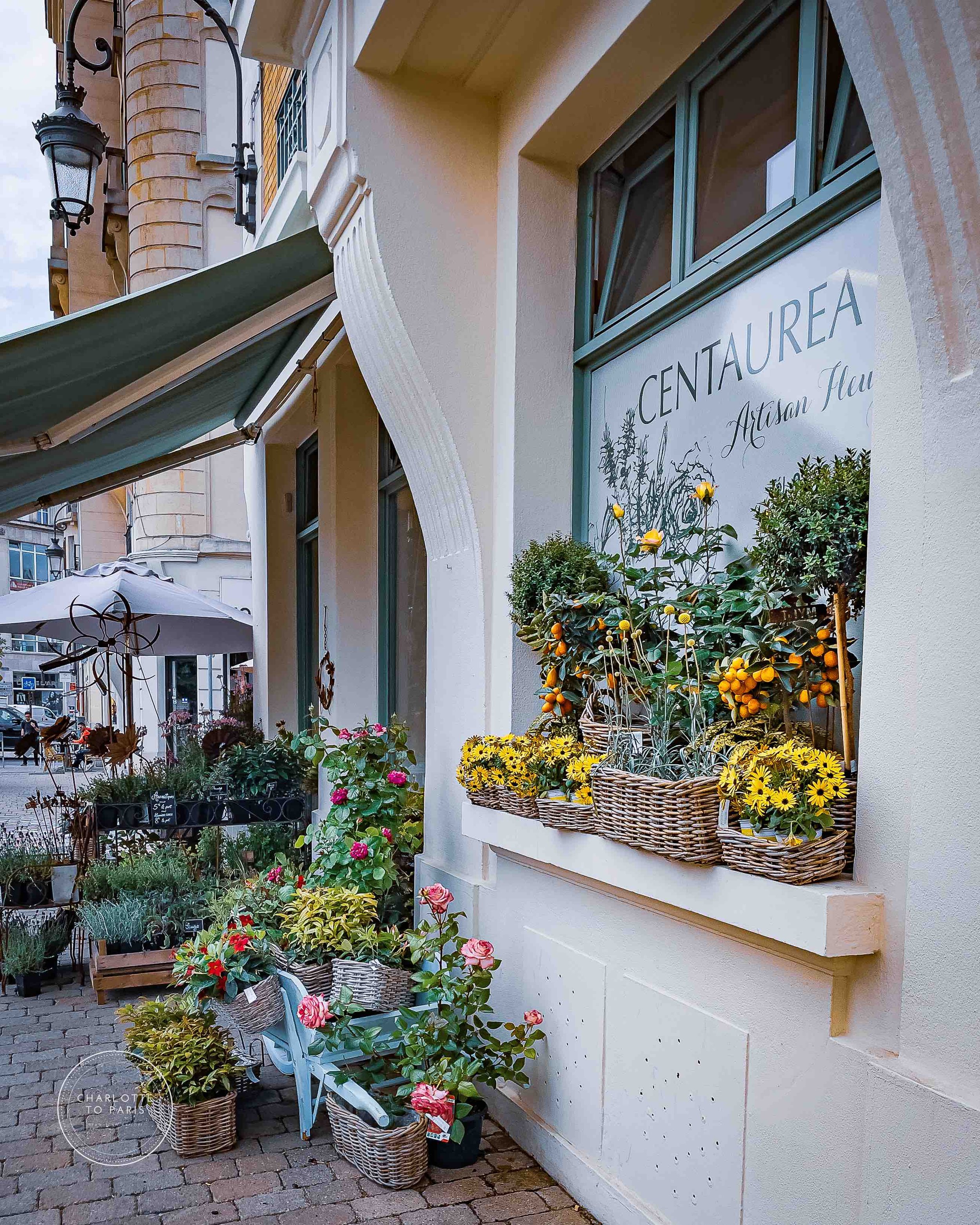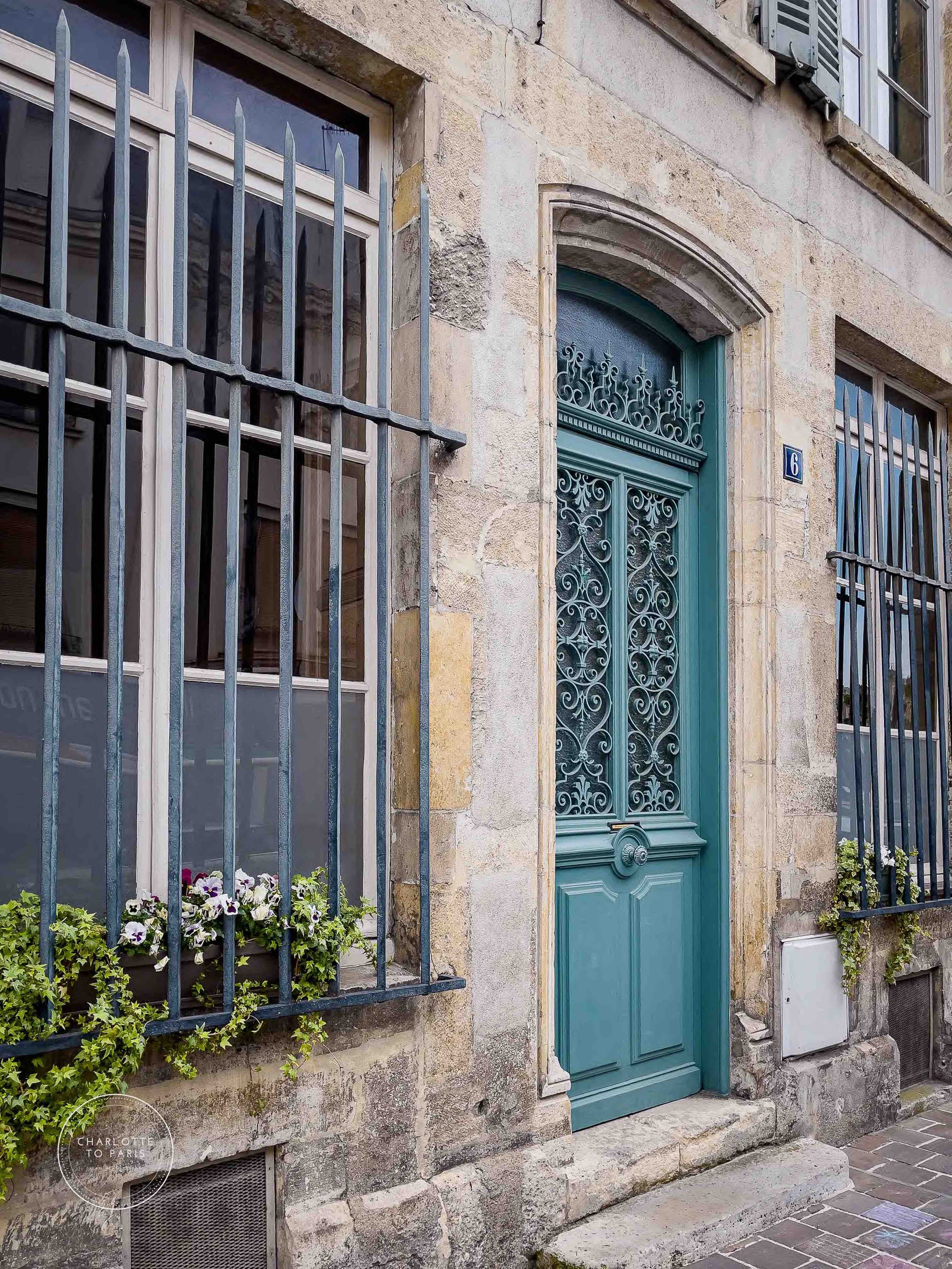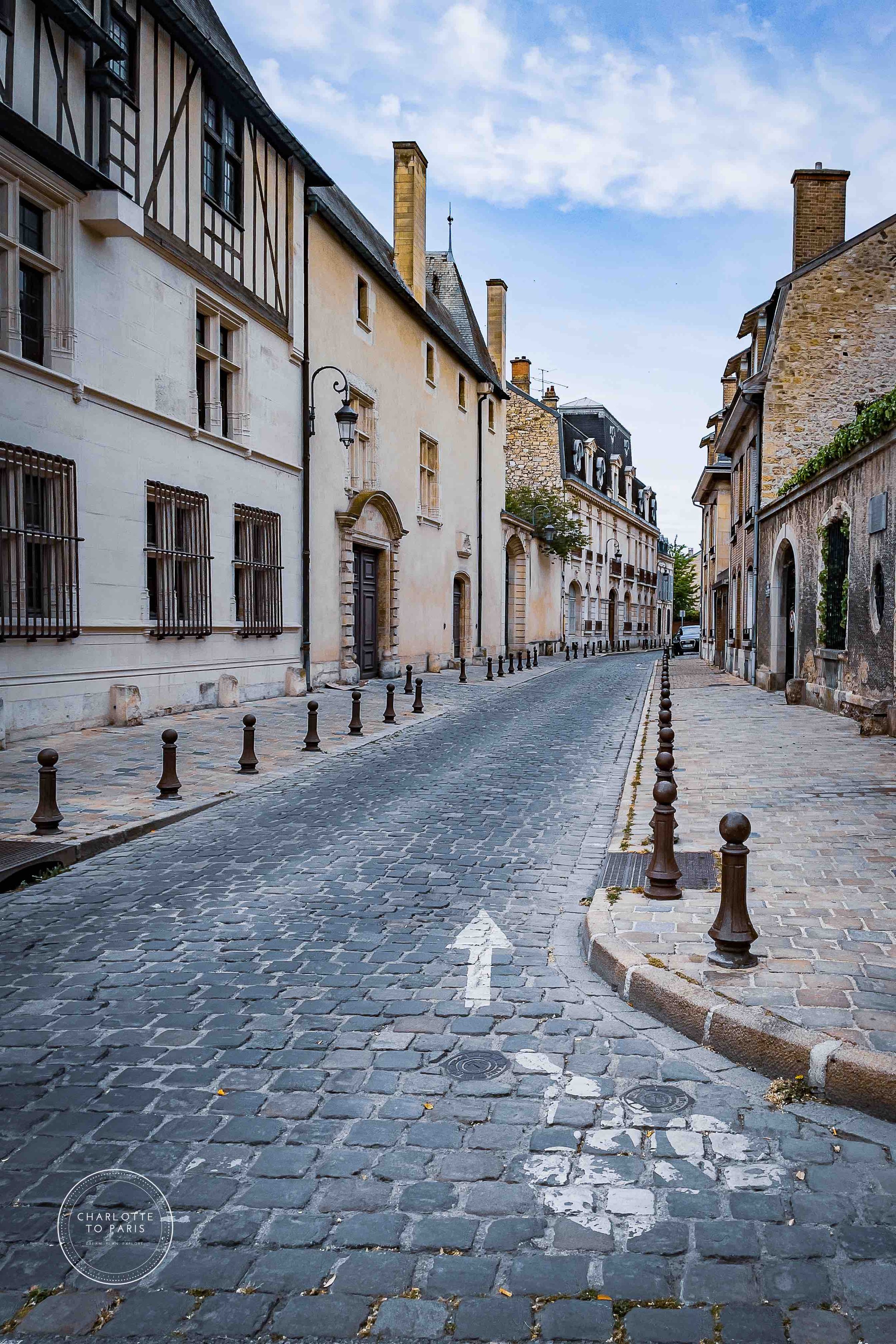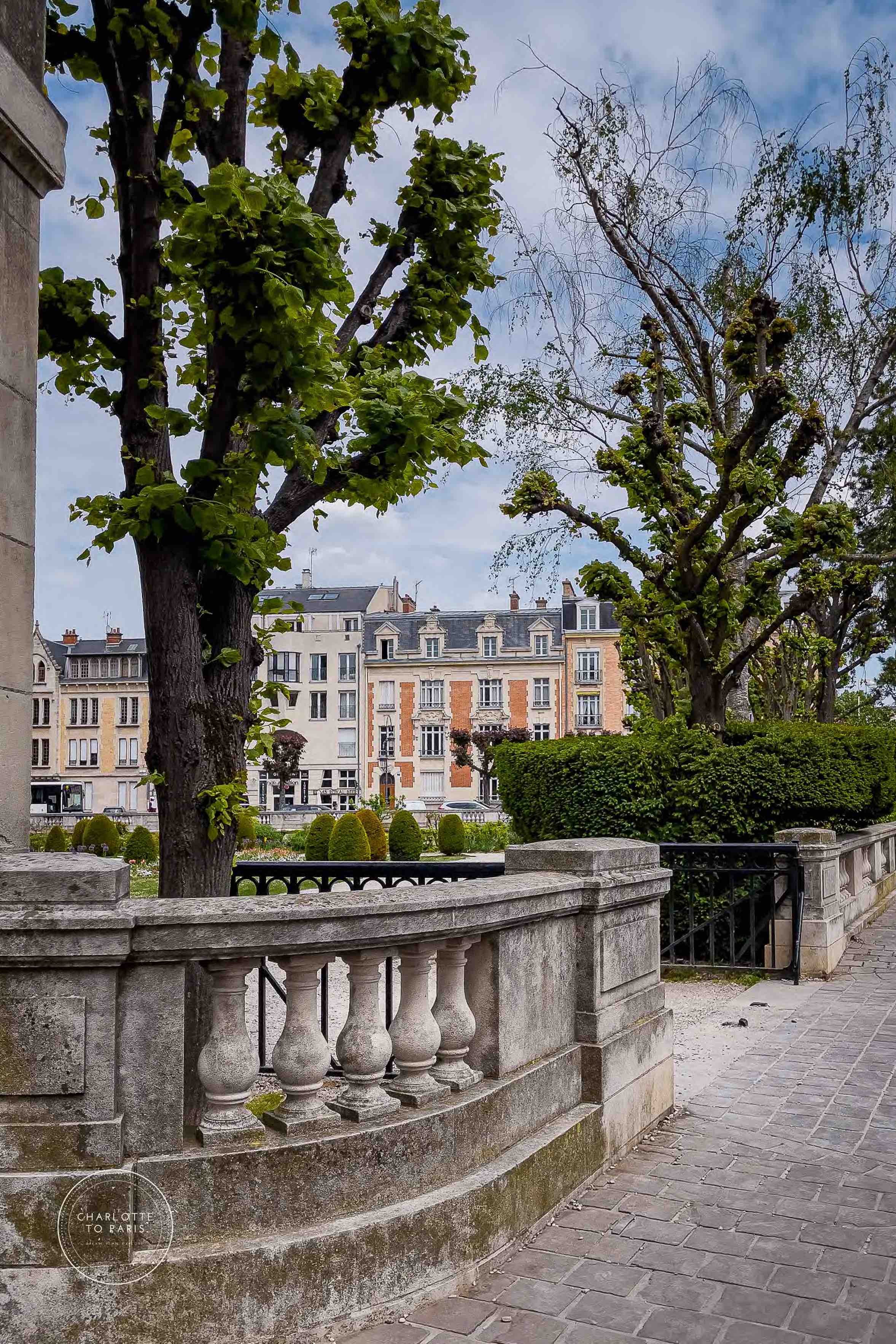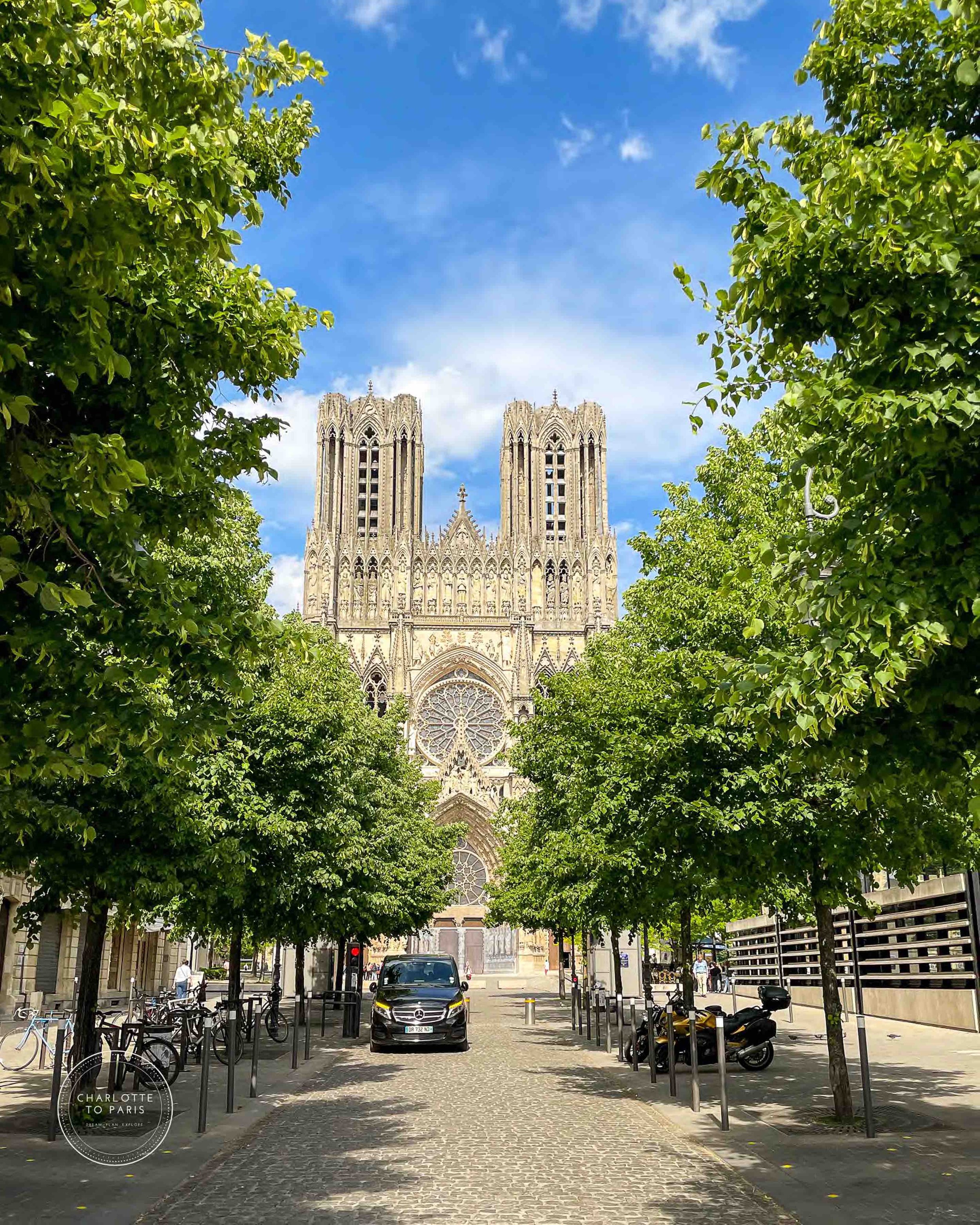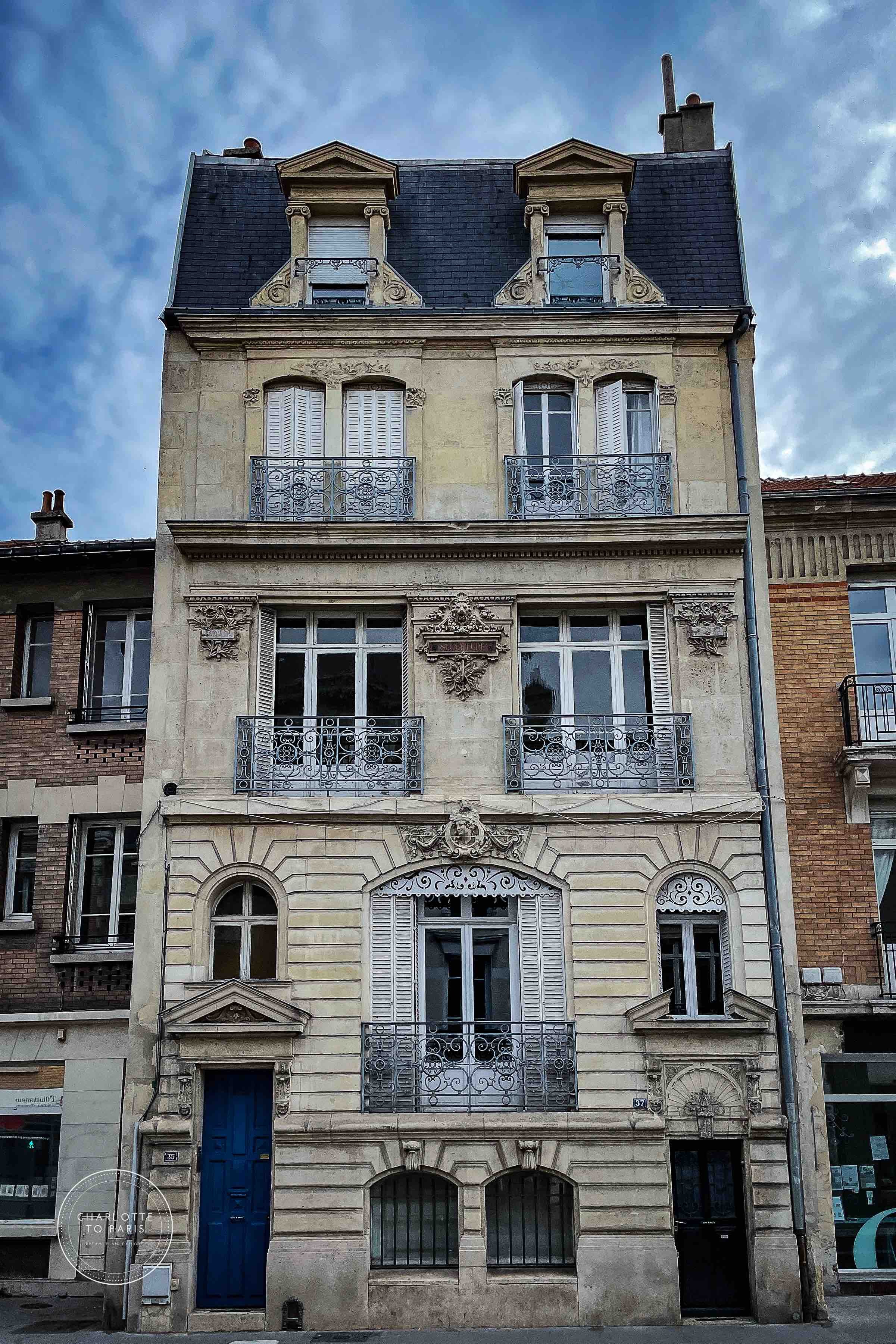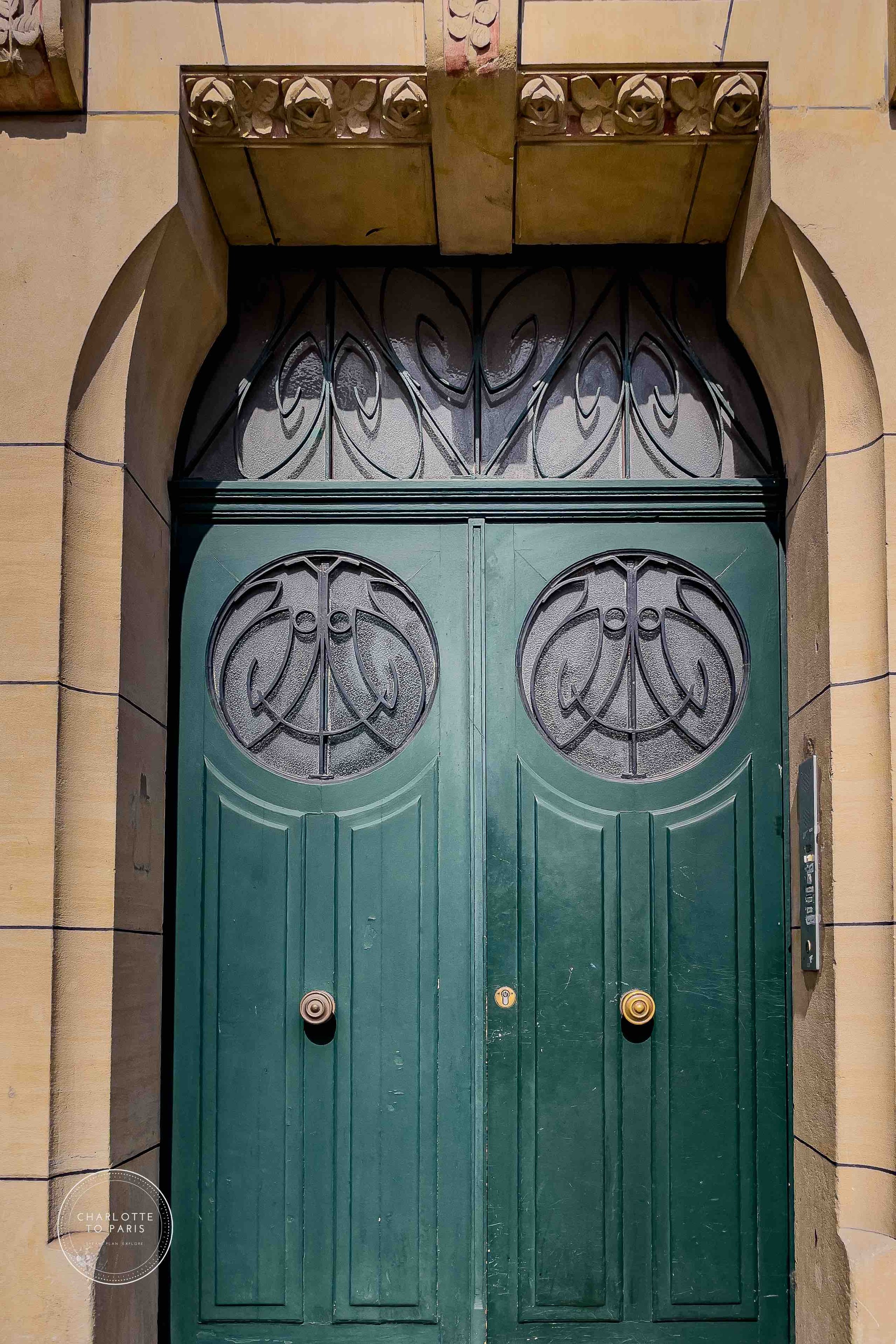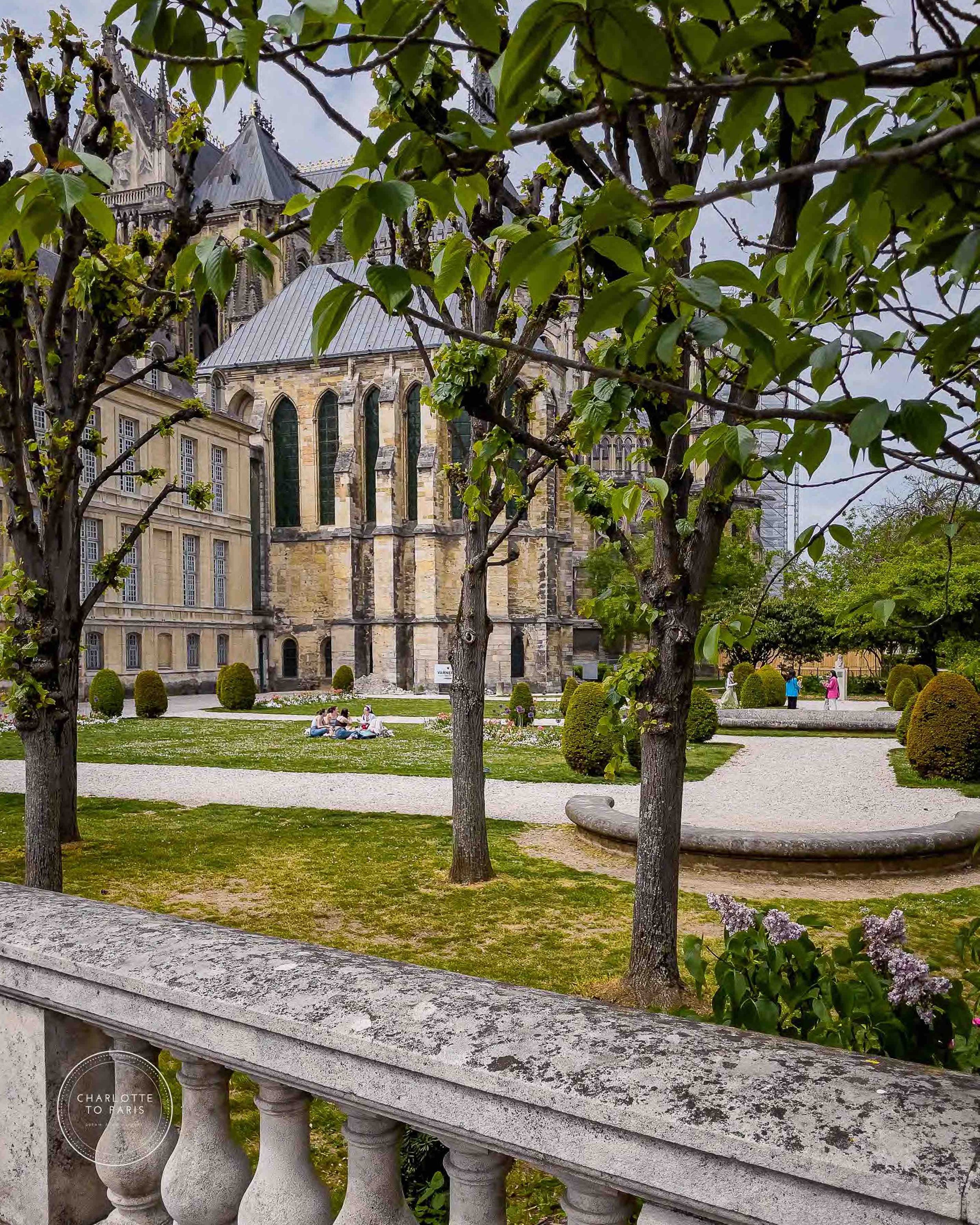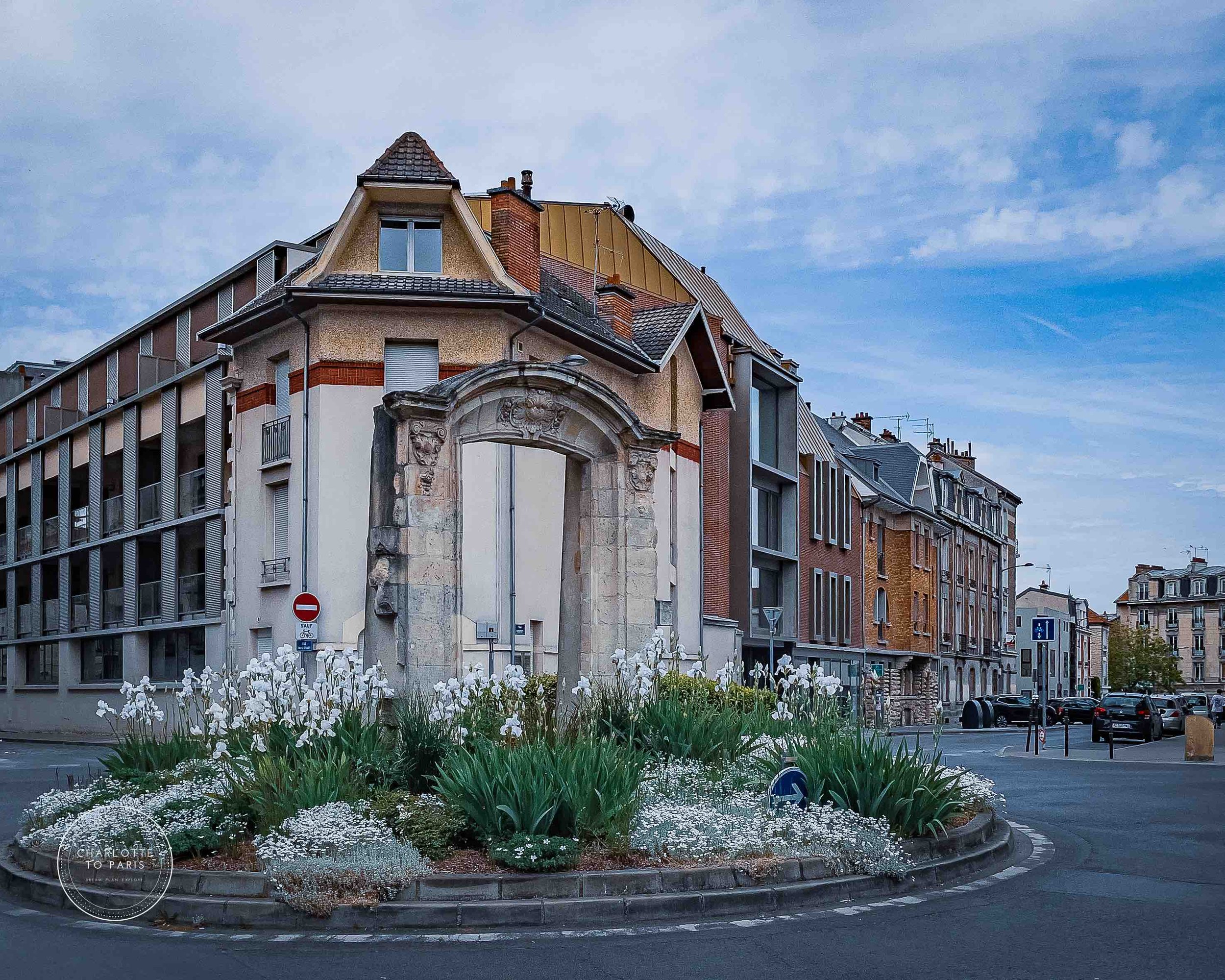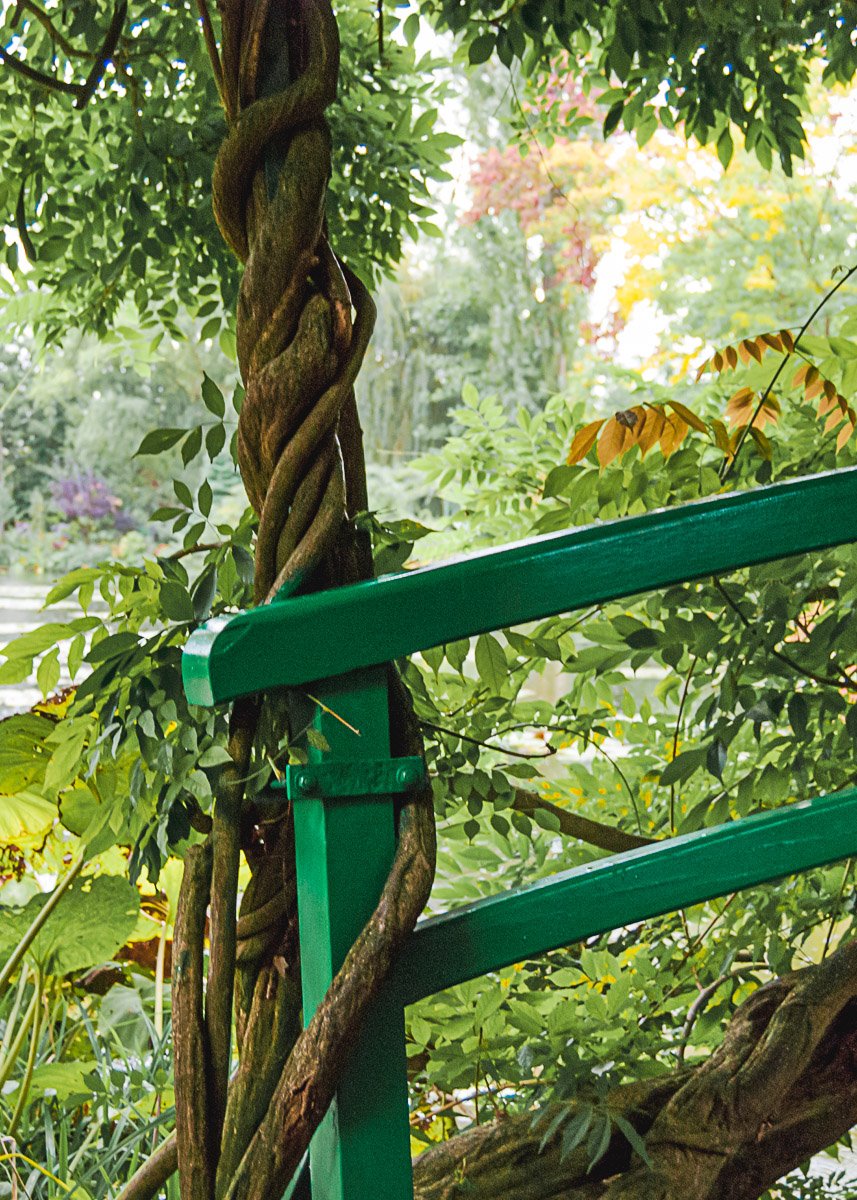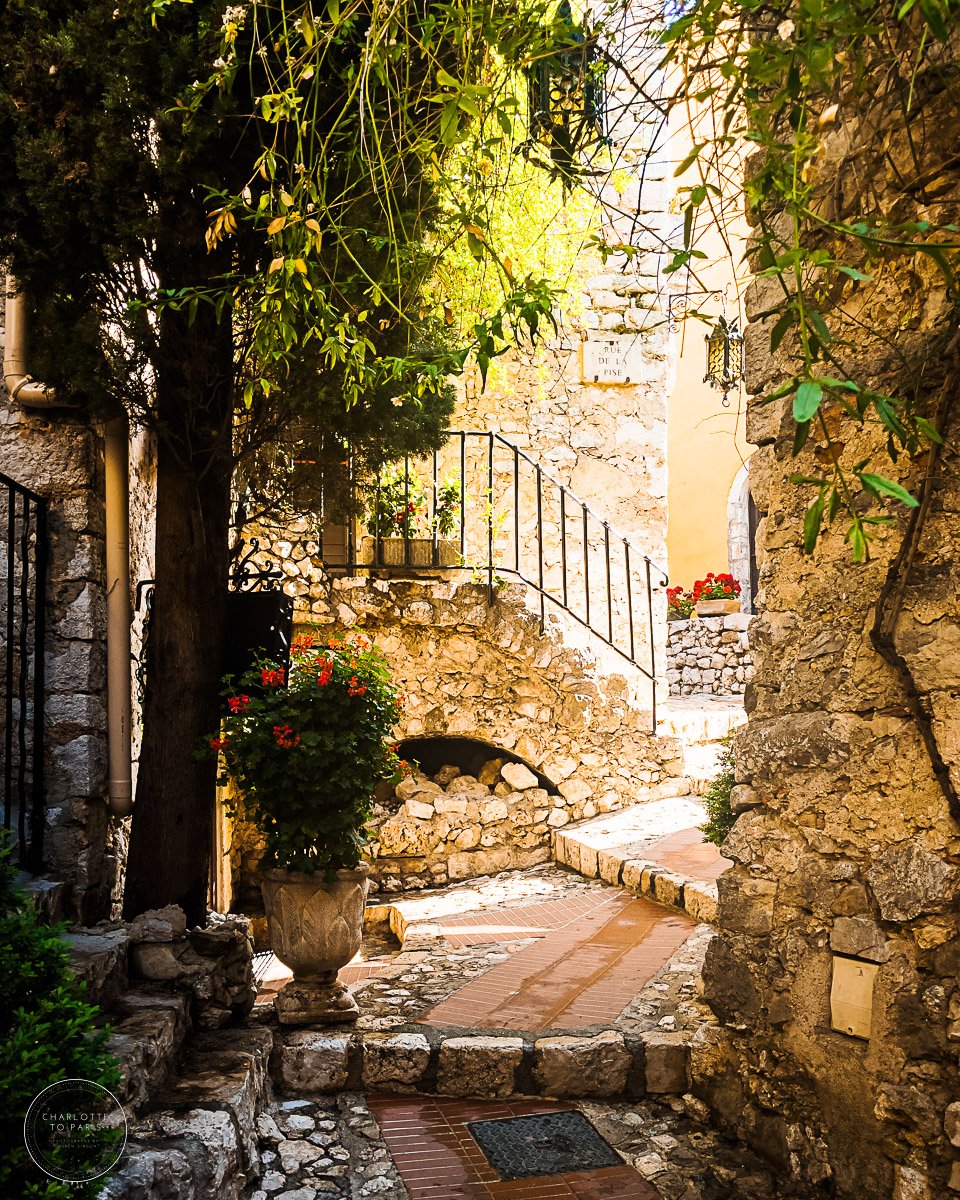Visiting Reims - A Paris Day Trip to the Champagne Region
Paris Day Trip: A Travel Guide to Reims, Champagne
First published: June 11, 2022
Last updated: December 5, 2024
A gorgeous, historic facade in Reims City Center
As much as I love my visits to Paris, France has so much more to offer beyond the 20 arrondissements of Paris proper. And when I’m putting together travel plans to Paris, I always encourage at least one trip outside of the city to see another part of the country. Personally, I typically opt for 3-5 days in another part of the country - there’s so much to explore in different regions of France and I keep falling in love with different regions of the country.
The length of your visit to Paris might mean that a day trip is the most doable. Luckily, there is a lot to see within a couple hours’ train ride from Paris (or less!). With just a little planning, a day trip can be a wonderful breath of fresh air and help introduce you to life in France outside of Paris.
A staircase depicting a famous 20th century advertisement at the Ruinart champagne house.
During my May 2022 visit to France, I planned what ended up being a pretty walking-intensive day trip to Reims, known unofficially as the champagne capital of France. The train ride is an incredibly swift 45 minutes from Paris to Reims city center. My friend Anne and I left Paris just after 8am and we were back in the city by 6pm!
About Reims And The Champagne Region
Champagne bottles in the aging process, which can take between 3-10 years, at Ruinart Champagne House.
Champagne is a wine region located approximately 100 miles (160 km) east of Paris proper. Champagnes are made from a blend of grape varieties (especially Chardonnay, Pinot Noir and Pinot Meunier grapes), but it’s the fact that all of the grapes are grown and hand-picked in this region, thus creating the specific taste.
The chalky soil of this region contributes to the specific terrior of the wines produced here, and this soil texture also contributes to the effectiveness of the chalk cellars, called crayères, that keep the wine cooled and stored at the perfect temperature - essential for that sparkle!
Reims is the largest city in the Champagne wine region, and is the home to multiple Champagne houses and UNESCO world heritage sites, despite serious devastation in both world wars (especially WWI). Reims is also home to the Gothic stunner, the Cathédrale Notre Dame de Reims, a soaring cathedral dating back to the 1200s that served as the site of France's royal coronations for hundreds of years. It survived substantial damage in WWI and was repaired in large part with funding from the Rockefeller family.
Champagne Cellar Visits
We visited two champagne houses on this day trip: Ruinart and Taittinger. Each tour included a tour of the champagne cellars and two glasses of champagne. We spaced out our two tours with a stop for hamburgers and a long (but speedy) walk in between. This spacing was a great decision, compared to having multiple tours back-to-back.
The Champagne Chalk Caves (Crayères)
Both of these champagne houses can boast that their cellars include chalk mines (crayères) that date back to as early as the 4th century and are classified as UNESCO World Heritage sites. The chalk mines are massive, stretching up quite a few stories from the floor of the cave, narrowing to a dark slim cylinder stretching up beyond the cave ceiling. We learned from our guides that this technique was used by miners hundreds of years ago to ensure that the crayères did not cave inward.
The stairs down to the crayères at the Ruinart champagne cellars
UNESCO World Heritage Site: the crayères at Ruinart
SMALL GROUP TRIPS
Travel to France with Charlotte to Paris: View Upcoming Group Trips
Both the Ruinart and Taittinger champagne houses have huge networks of caves: Ruinart has 24 crayères and 8 km/5 miles of cellars. Taittinger has 4 km of cellars and multiple crayères, too. The number of champagne stored in the cellars and caves is stunning: millions of bottles are stored in each house’s cellars, aging between 3-10 years until they are ready for the final steps in the champagne making process. Along our two tours, we saw an old, steep staircase that was used by people back in the 1300s(!) at Ruinart, and the ruins of a gothic cathedral destroyed during the French Revolution at Taittinger.
A 13th Century Staircase, Ruinart champagne house
Ruins of a Gothic Cathedral, Taittinger champagne house
About Champagne Production
Our tours also included an introduction to how champagne is produced - Ruinart did an especially nice job of walking through the steps in a broad overview (particularly helpful for the English-speaking crowd - our tour was all Americans and none of us seemed to know very much about champagne!). The most fascinating part of the champagne process is called riddling, which is a method to remove the sediment from champagne and produce a clear, crisp bottle of wine.
Psst - Headed To Paris?
Press pause on the research and grab a copy of my 7 Day Paris Explorer Guidebook - my 100+ page guidebook has everything you need for a week in the city, including some major marquee destinations you likely have on your wish list already, plenty of smaller museums, local gems, and of course all of my favorite places to eat and drink in Paris.
My signature neighborhood-focused planning style means that you’ll see the perfect blend of popular and off the beaten track, and you’ll actually feel like you saw and experienced some of the most wonderful neighborhoods in Paris. Best of all, it’s a super flexible and highly detailed plan, so you can stop googling and start packing!
Notre Dame de Reims
In between our visits to Ruinart and Taittinger, we managed to squeeze in a whirlwind visit to the Notre Dame de Reims. This cathedral is absolutely enormous and towered over us as we turned the corner to walk alongside the flying buttresses. Considered by many to be the most beautiful cathedral in France, Notre Dame de Reims was constructed during the height of the High Gothic period from the 1200s-1400s.
The exact count seems to vary, but approximately thirty French kings were crowned in this cathedral for hundreds of years, up until the early 1800s. The facade is flanked by enormous flying buttresses (eleven on each side), and the cathedral contains over 2,000 statues. The stained glass windows in the nave were created by multiple different artists and featured small signage with information about each artist. I especially loved the greyscale stained glass windows - my photos do not do it justice!
Visiting Reims City Center (Centre Ville)
We had to keep up a pretty brisk pace to fit in all that we did in about 8 hours of actual time in Reims, so we didn’t get to do a lot of wandering and exploring in Reims itself. However, what we did see was super charming. I especially loved the juxtaposition of older buildings with new, post war modern structures. Some highlights that we passed on our way through include:
Rue du Tambour:
a cobblestone street decated with multicolor paint along the cobblestones and sidewalks
Place du Forum:
A charming square surrounded by picturesque streets. Restaurant terraces were full of people enjoying a leisurely lunch in the sun.
Place Royale
a very French square with cobblestones, colonnades and a picturesque statue and French flag
Rue de Talleyrand, Rue Chanzy and Rue Gambetta:
we found ourselves walking along this long stretch of road to and from the train station. It changes names a few times and is lined with shops and restaurants. It has a very local feel… plus a surprise awaits when a square opens up on one side to reveal the gorgeous and massive Notre Dame de Reims!
Tips and Advice For Visiting Reims in the Champagne region of France
A charming row of restaurants near the train station in Reims.
I generally recommend going into a trip well-informed, but only booking tickets ahead when you really need to (it’s vacation, after all!)… and from my experience visiting Reims, I would say that booking your tours ahead of time is essential. I booked our two champagne house tours about two months in advance, and there were already a handful of tickets snapped up by other English-speaking visitors.
I appreciate that the champagne houses keep their tour groups very small (both tours had about 12-15 people total), but this means that there are only a few tickets available per day, especially if you want to reserve an English language tour. If you are conversational in French, consider trying the French tour instead (you’ll often have more options on tour times, too!).
A roundabout just southeast of the Place du Forum in the heart of Reims.
We could have chosen a lunch spot a bit closer to the two champagne houses, but you’ll need to do some Google Map sleuthing to confirm that this is possible based on the houses you choose to visit - both Ruinart and Taittinger were on the edge of the city center, so the streets weren’t as packed with restaurants and bakeries as they were in the more central part of town. The walks through Reims city center were absolutely charming, and I would have loved more time to visit the city.
Exploring Reims between Champagne tastings. Photo credit: Anne Ditmeyer
For more exploring, consider a one-night stay in Reims so that you can enjoy the better part of two days in the city before heading back to Paris. And if you are a huge fan of champagne, there’s a lot more to explore in this region, including Epérnay and smaller grower champagne houses.
I would do it again this way, though - It was such an enjoyable day, and certainly one of the most surprisingly active day trips I’ve planned!
Have you visited Reims or somewhere else in the champagne region (perhaps Epérnay or smaller champagne towns and houses)? I’d love to hear where you visited - leave a note below!
Thanks for following along, and bon voyage!
~ Lauren
PS - Looking for more things to do outside of Paris? Take a look at these travel guide posts below.
